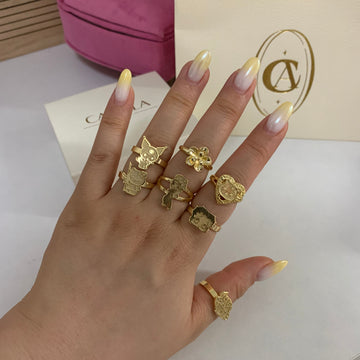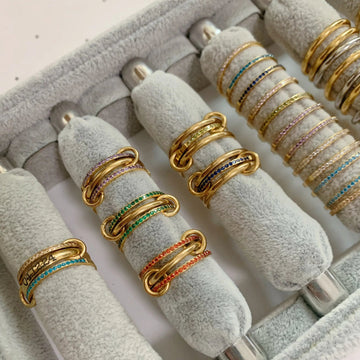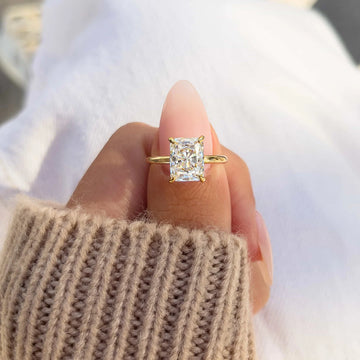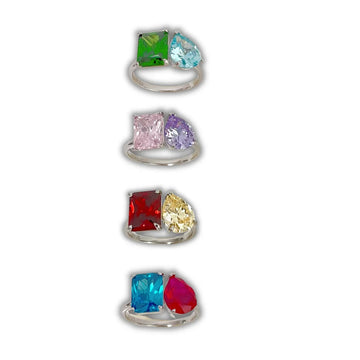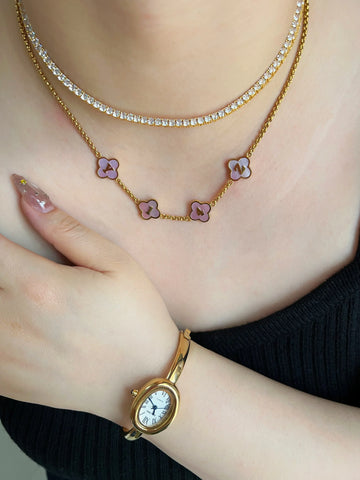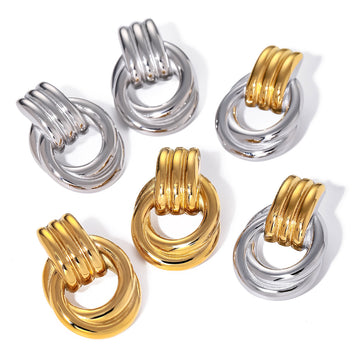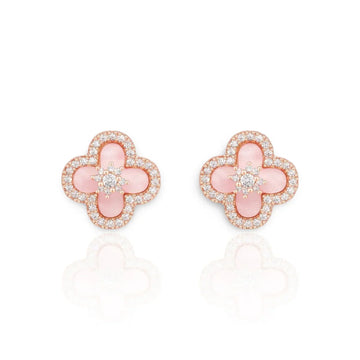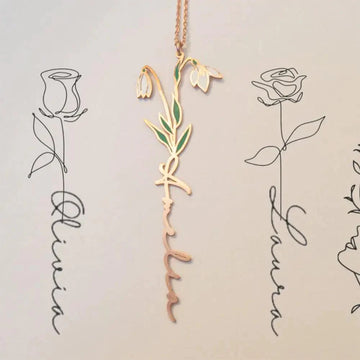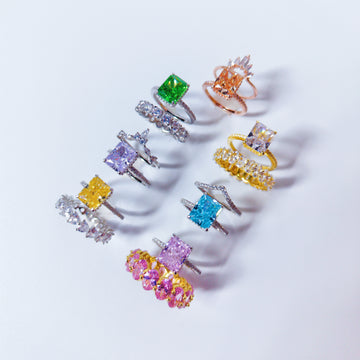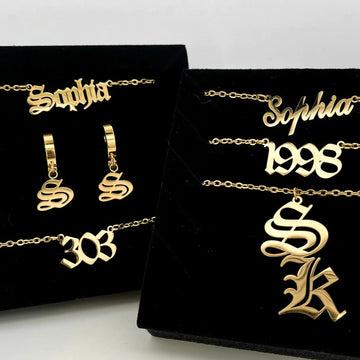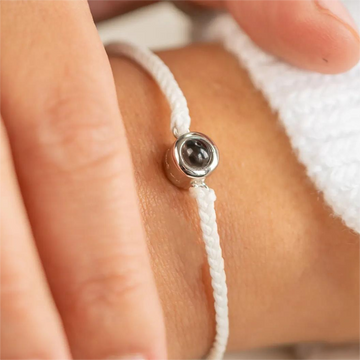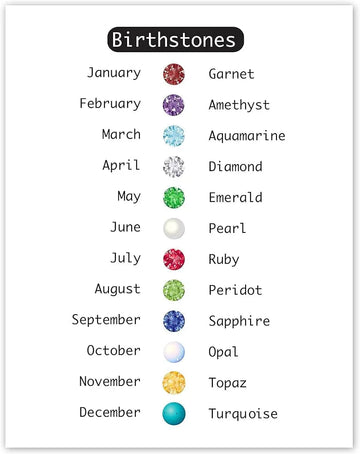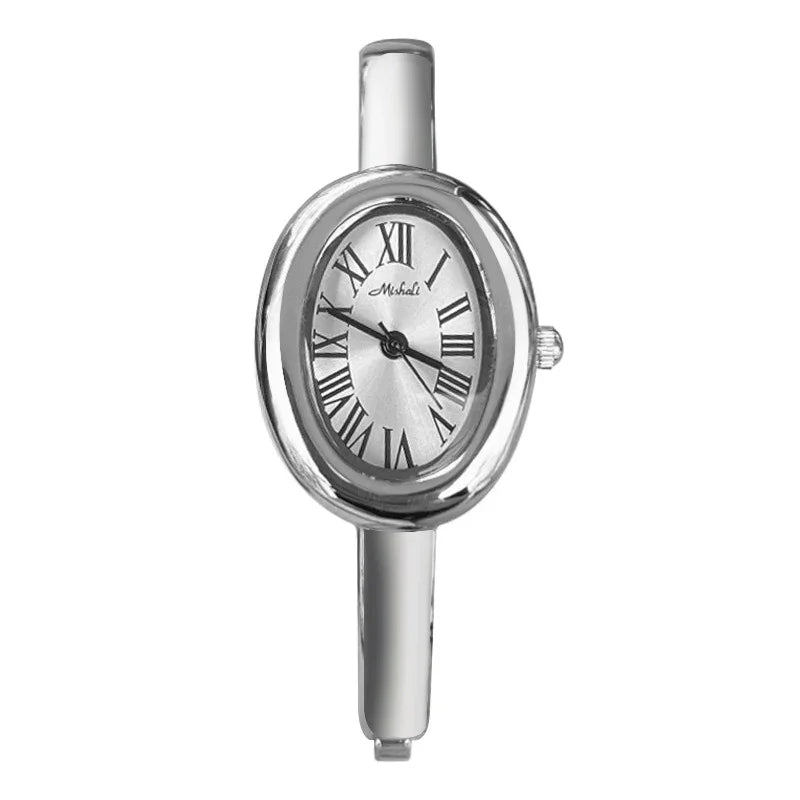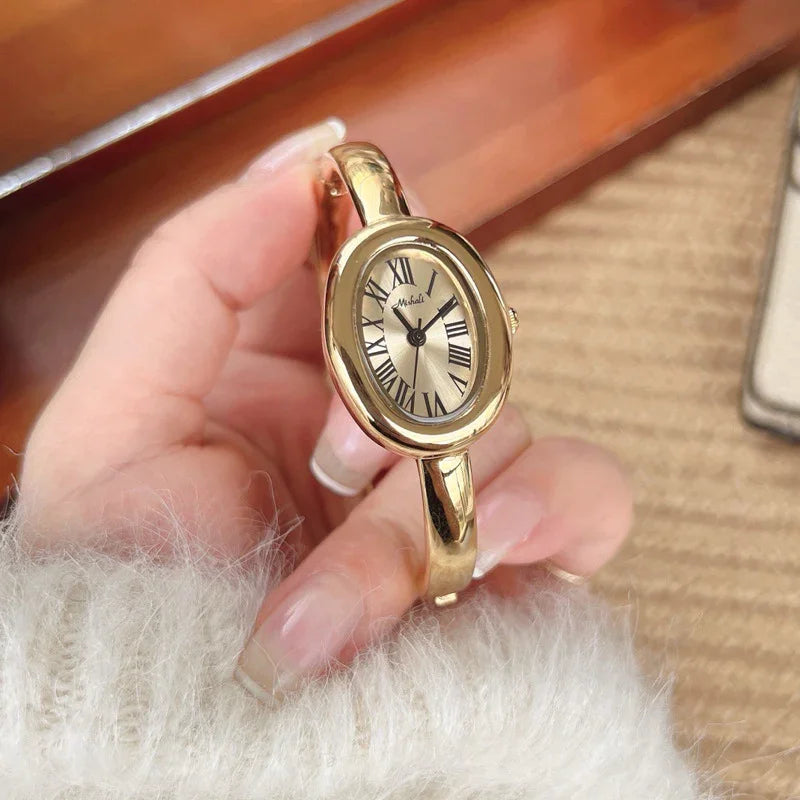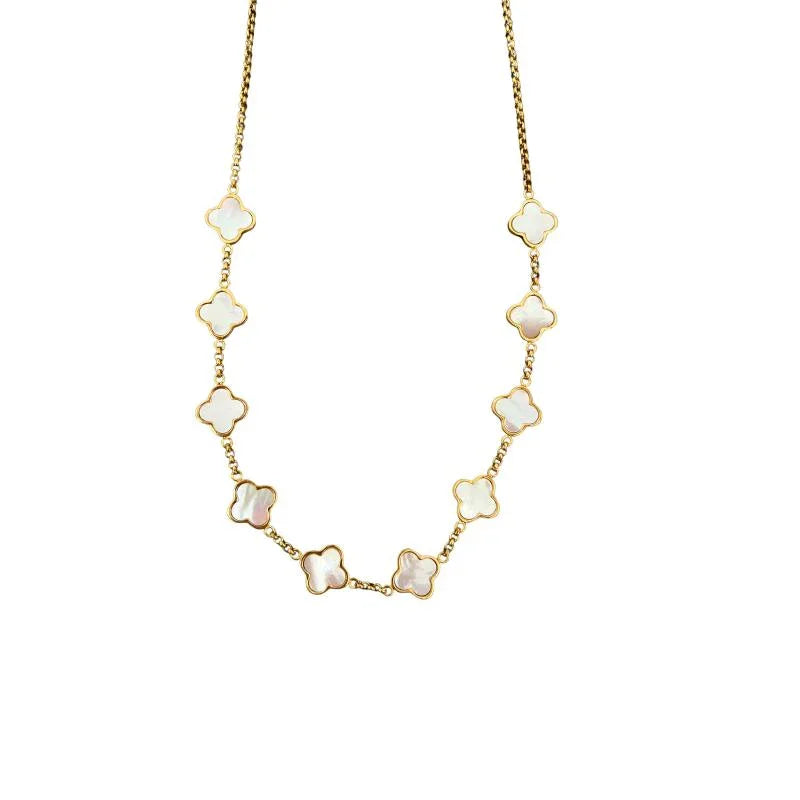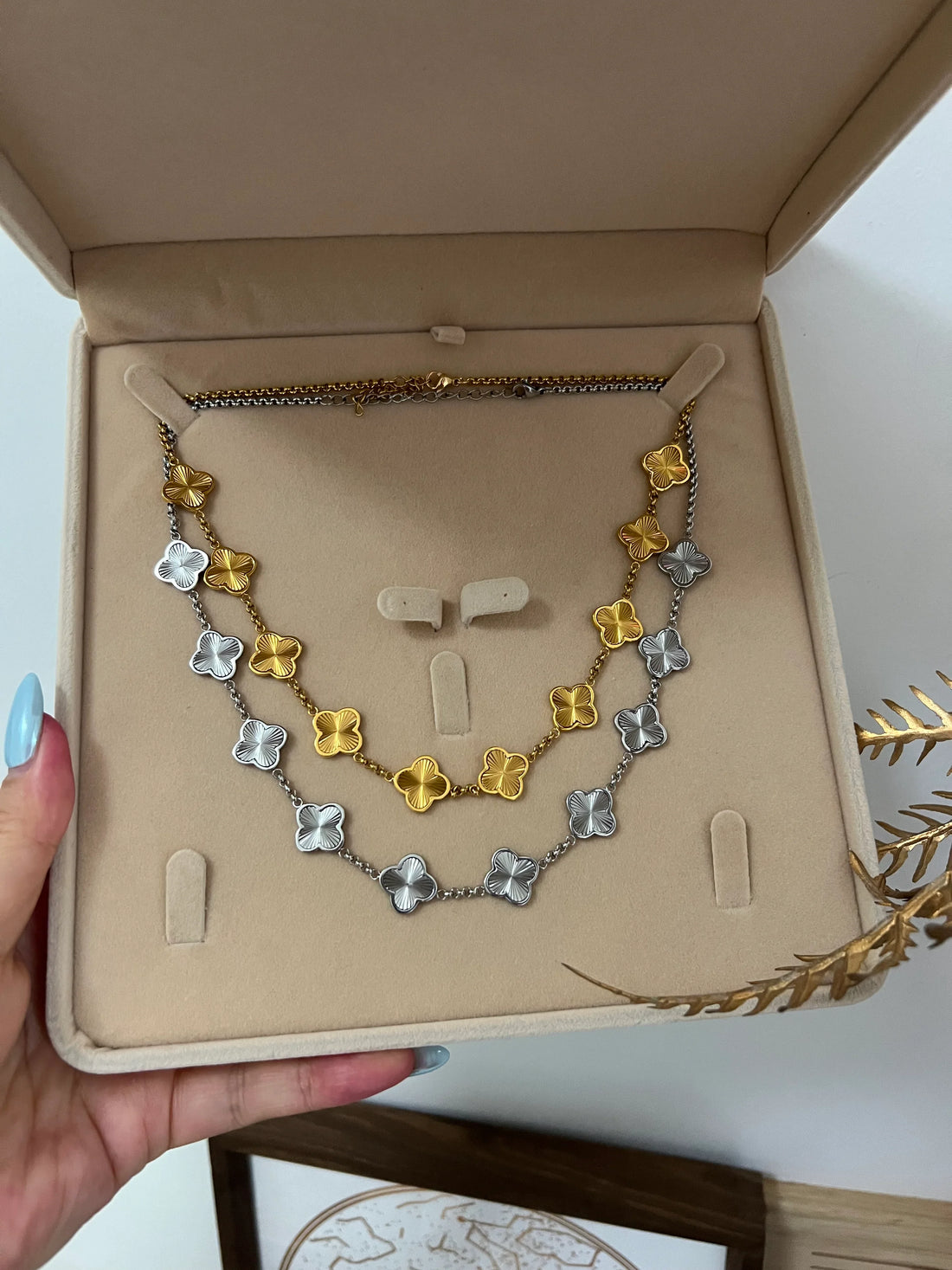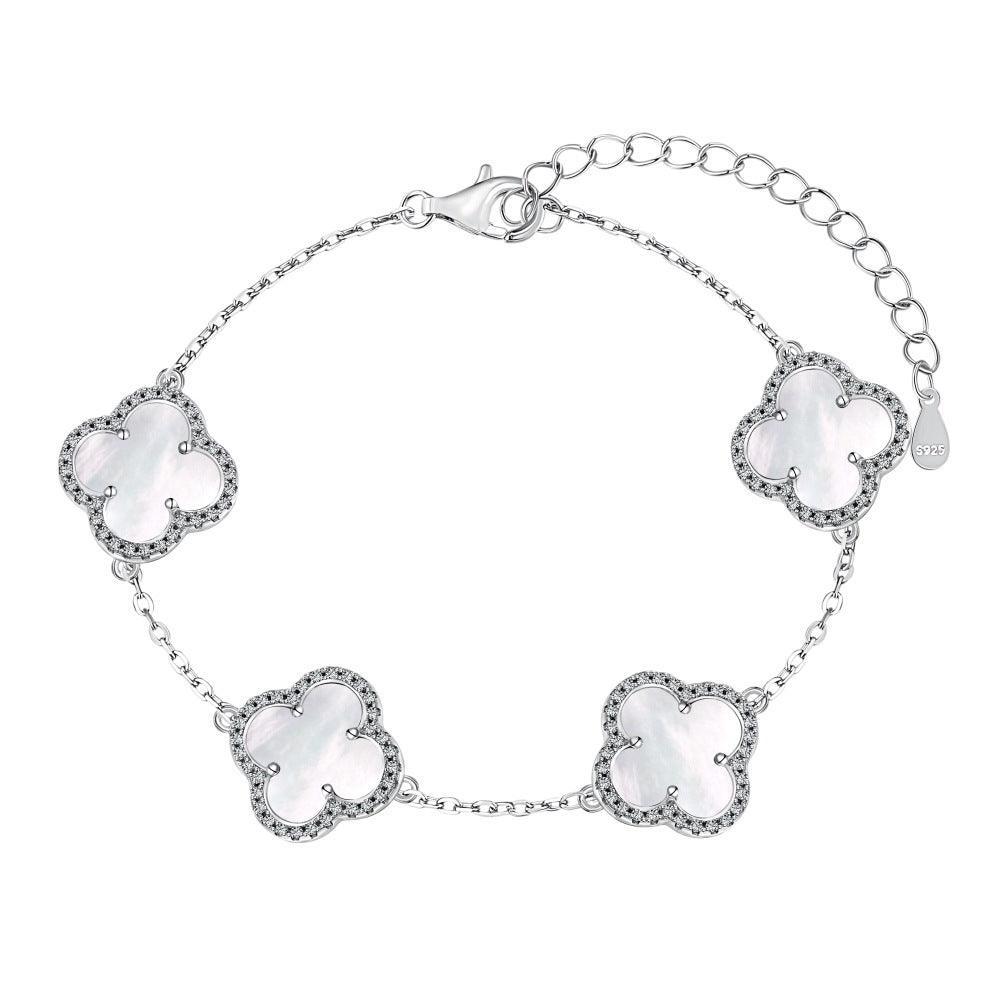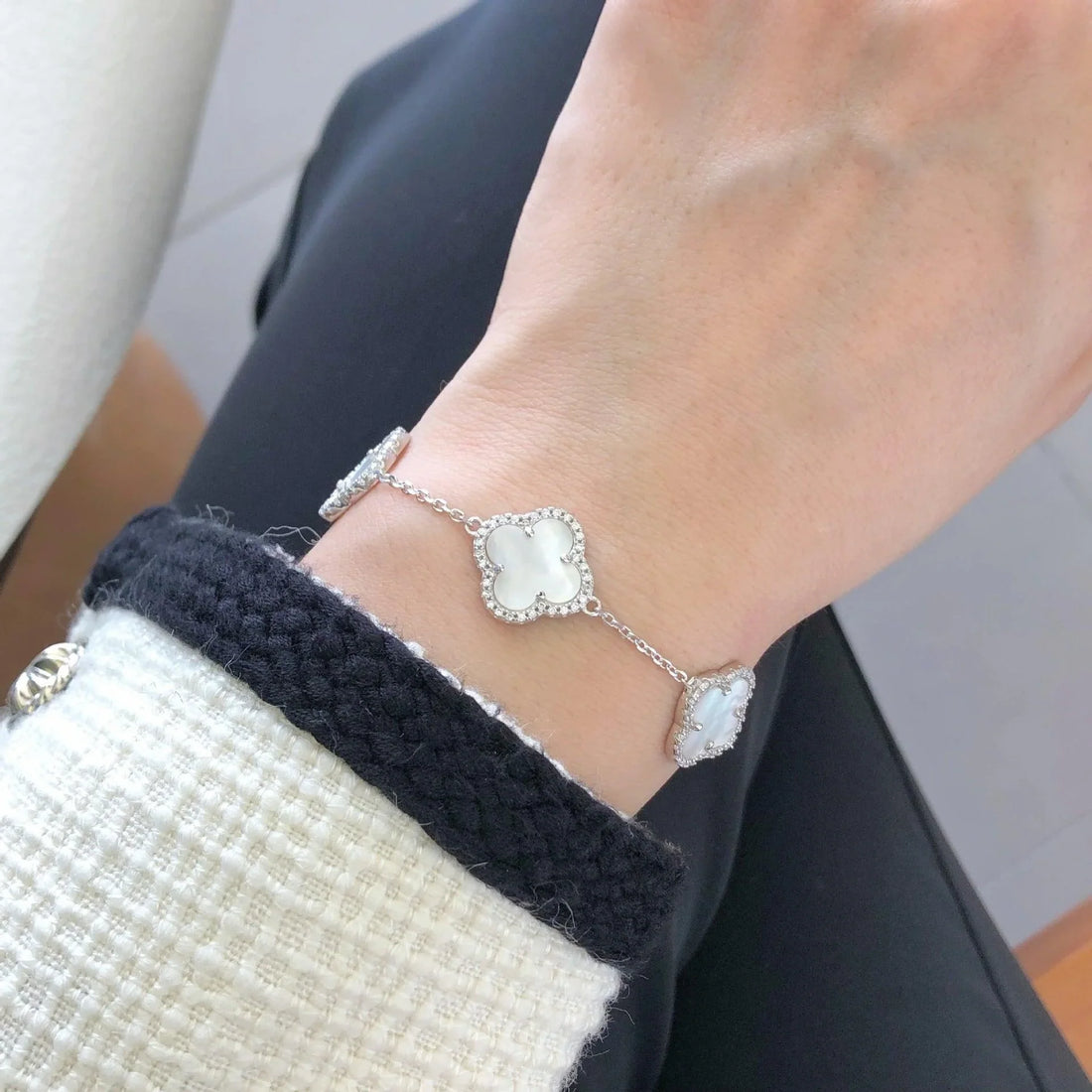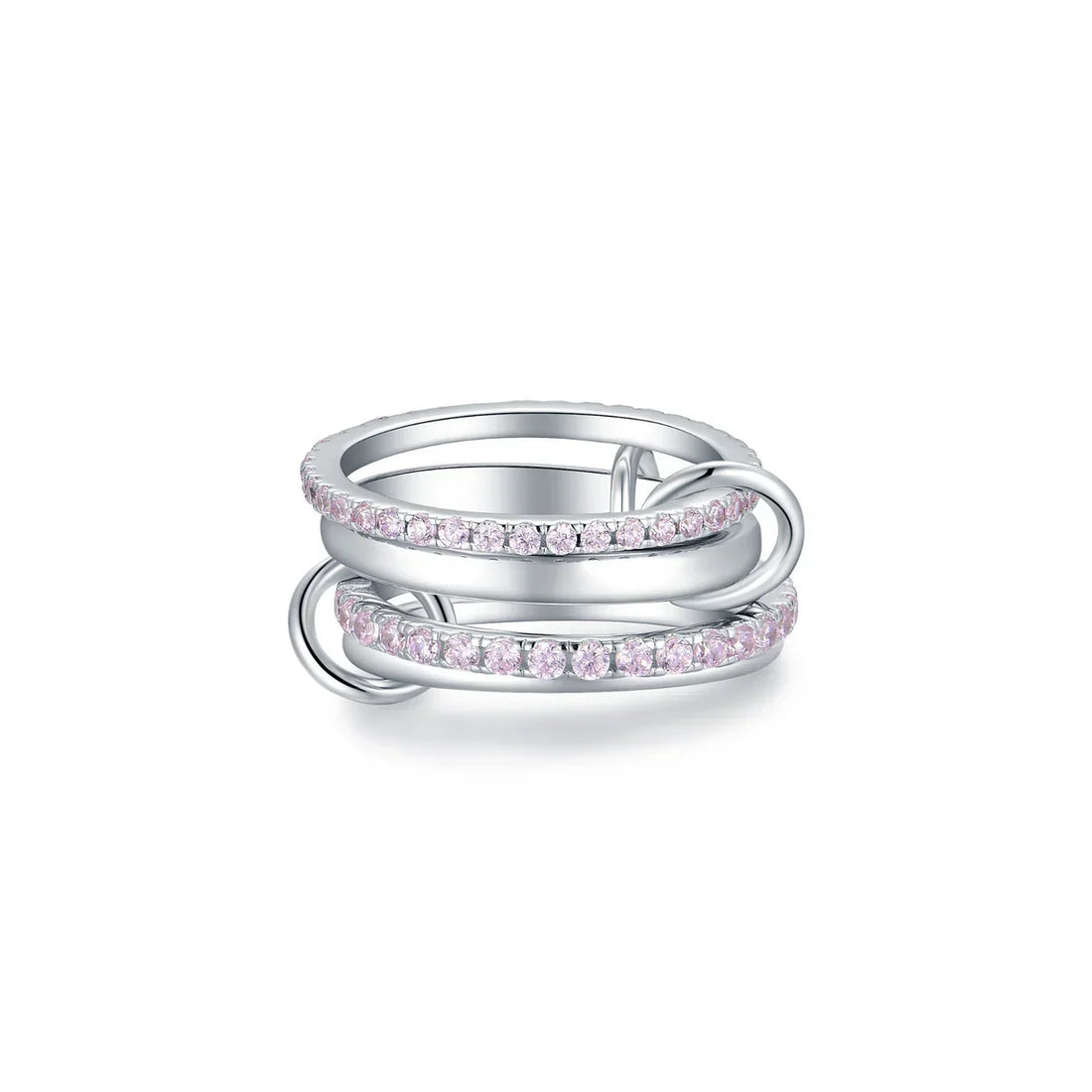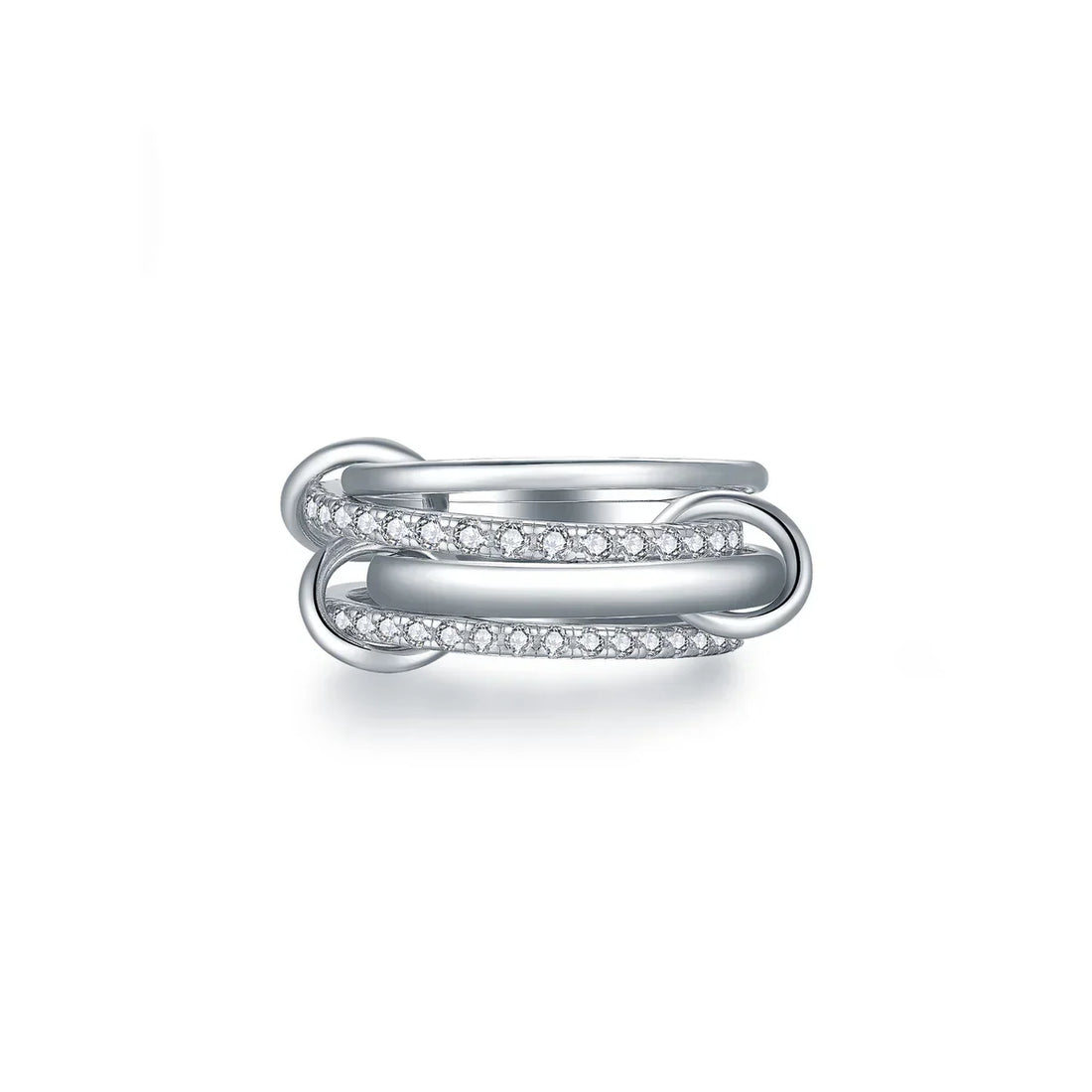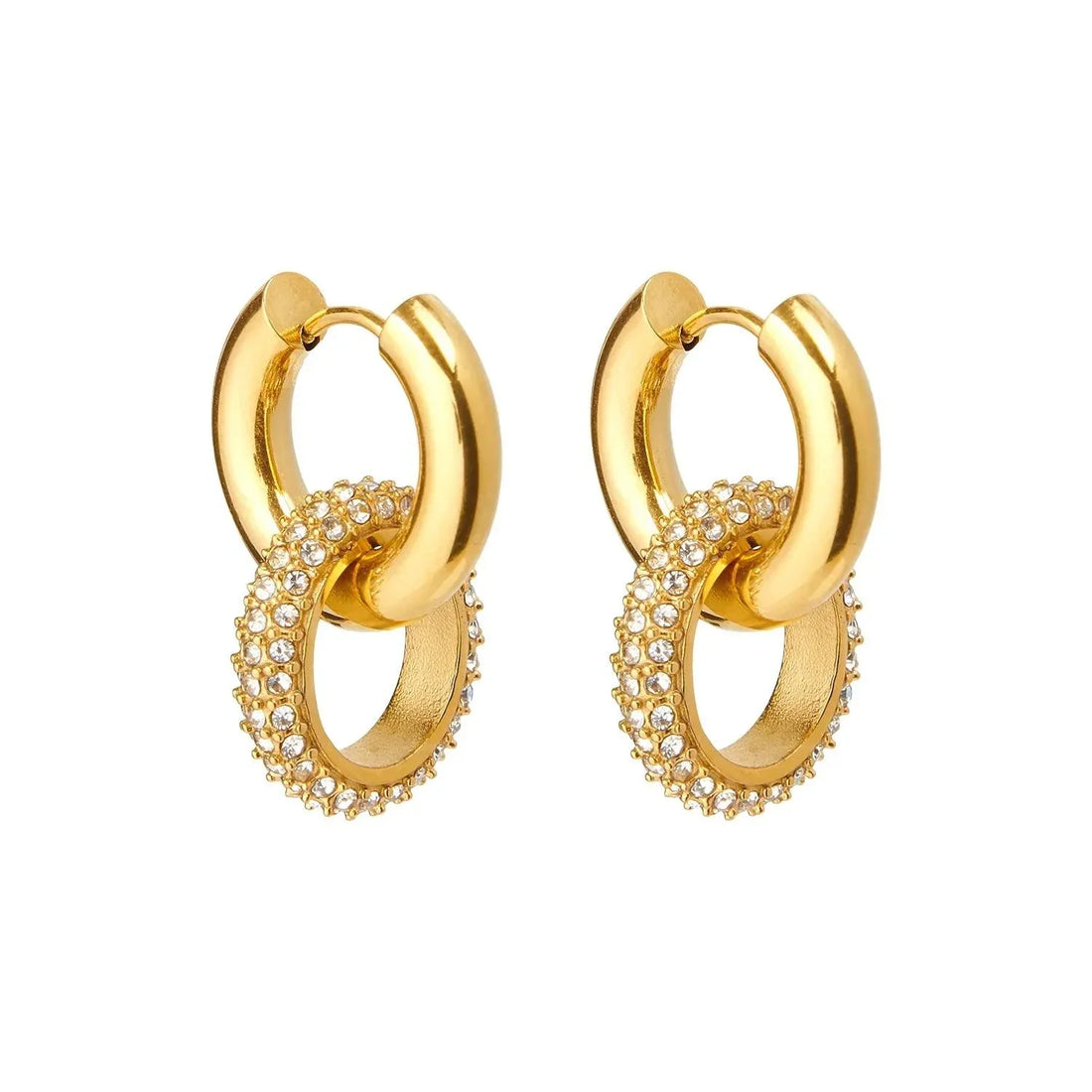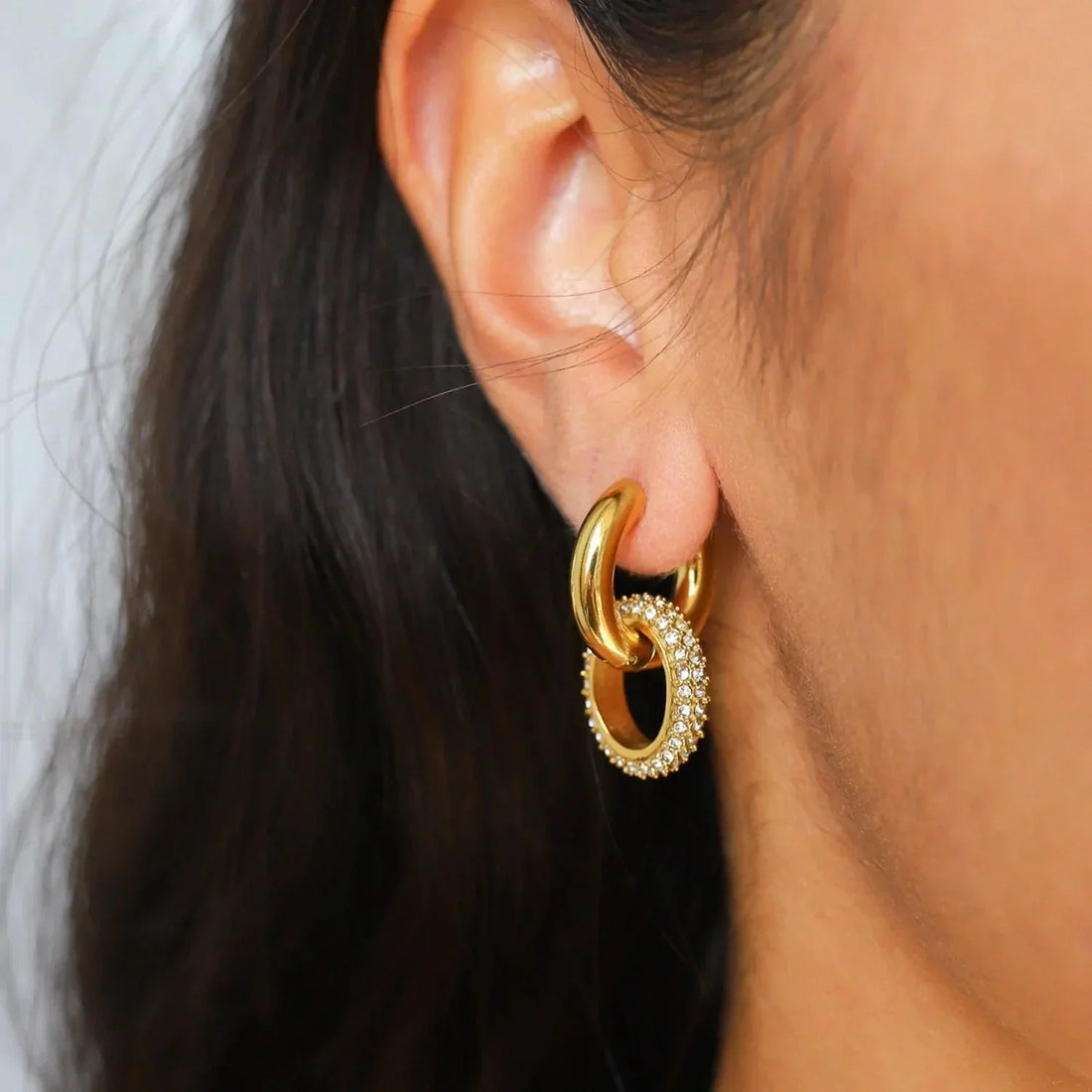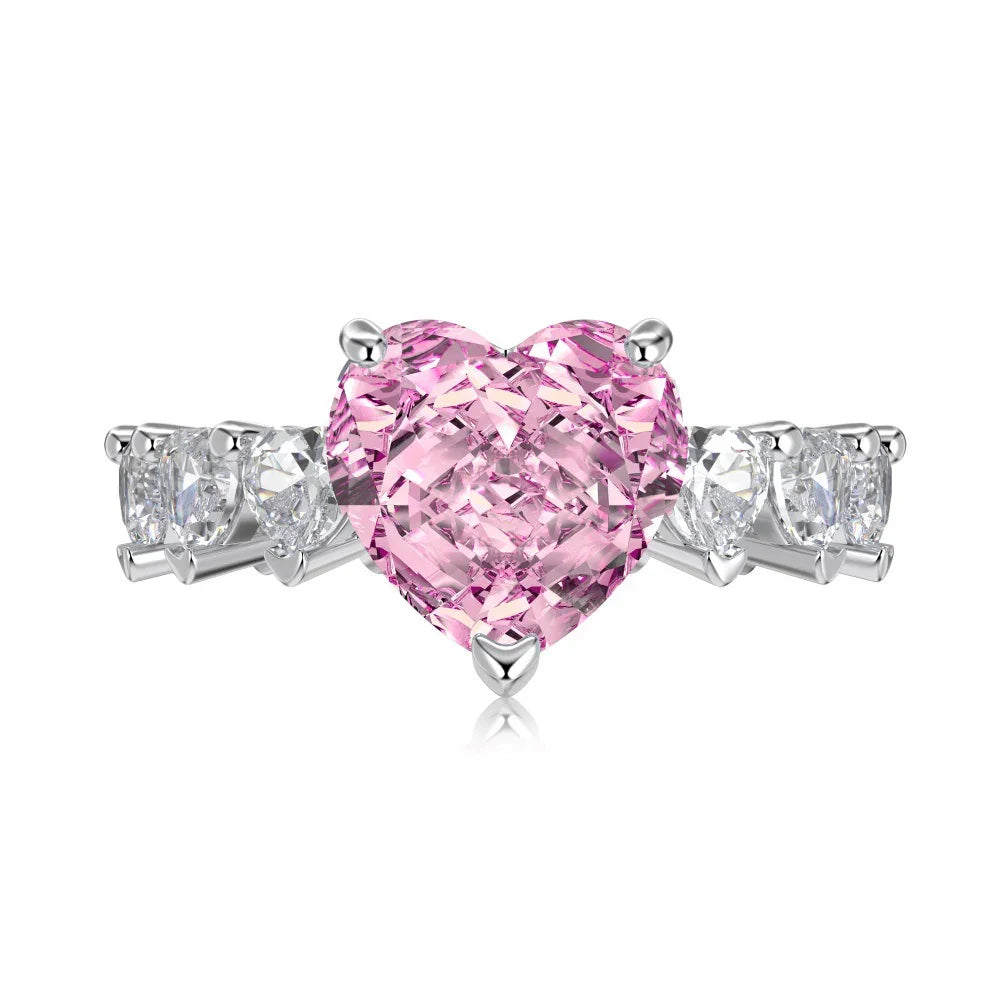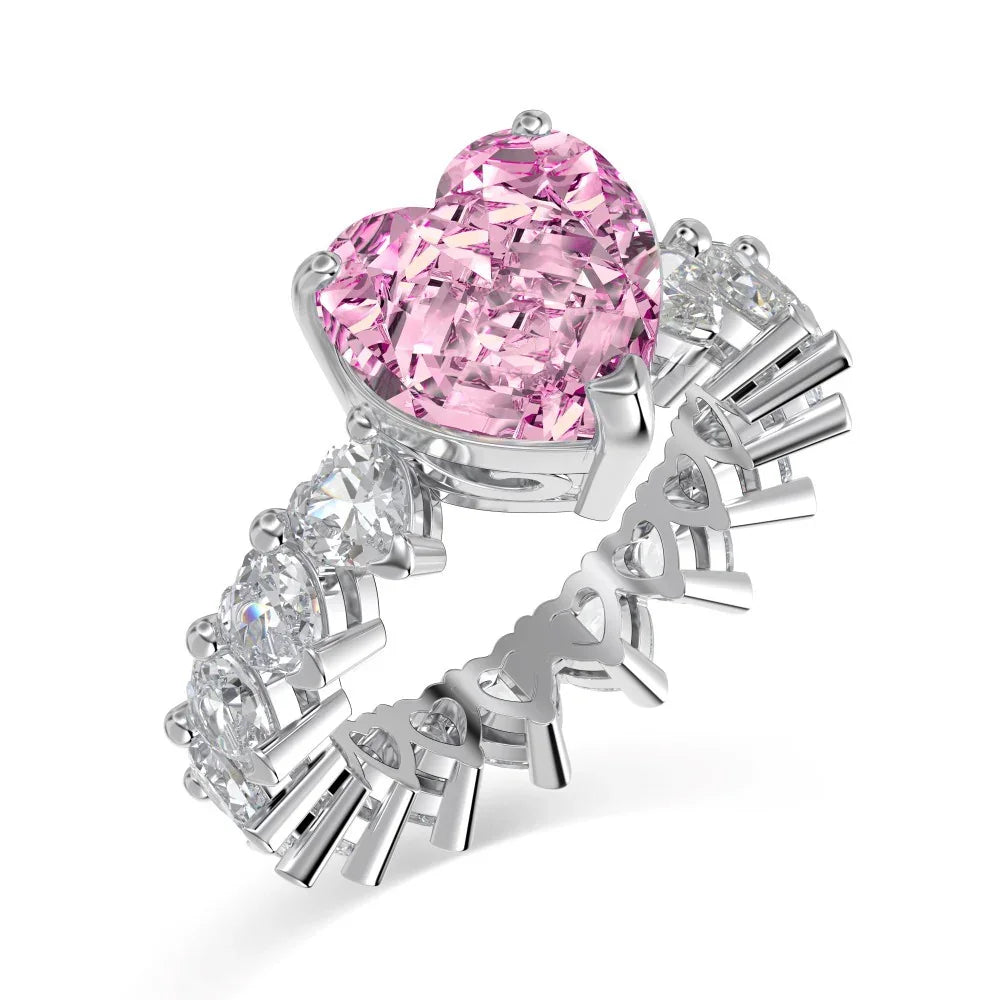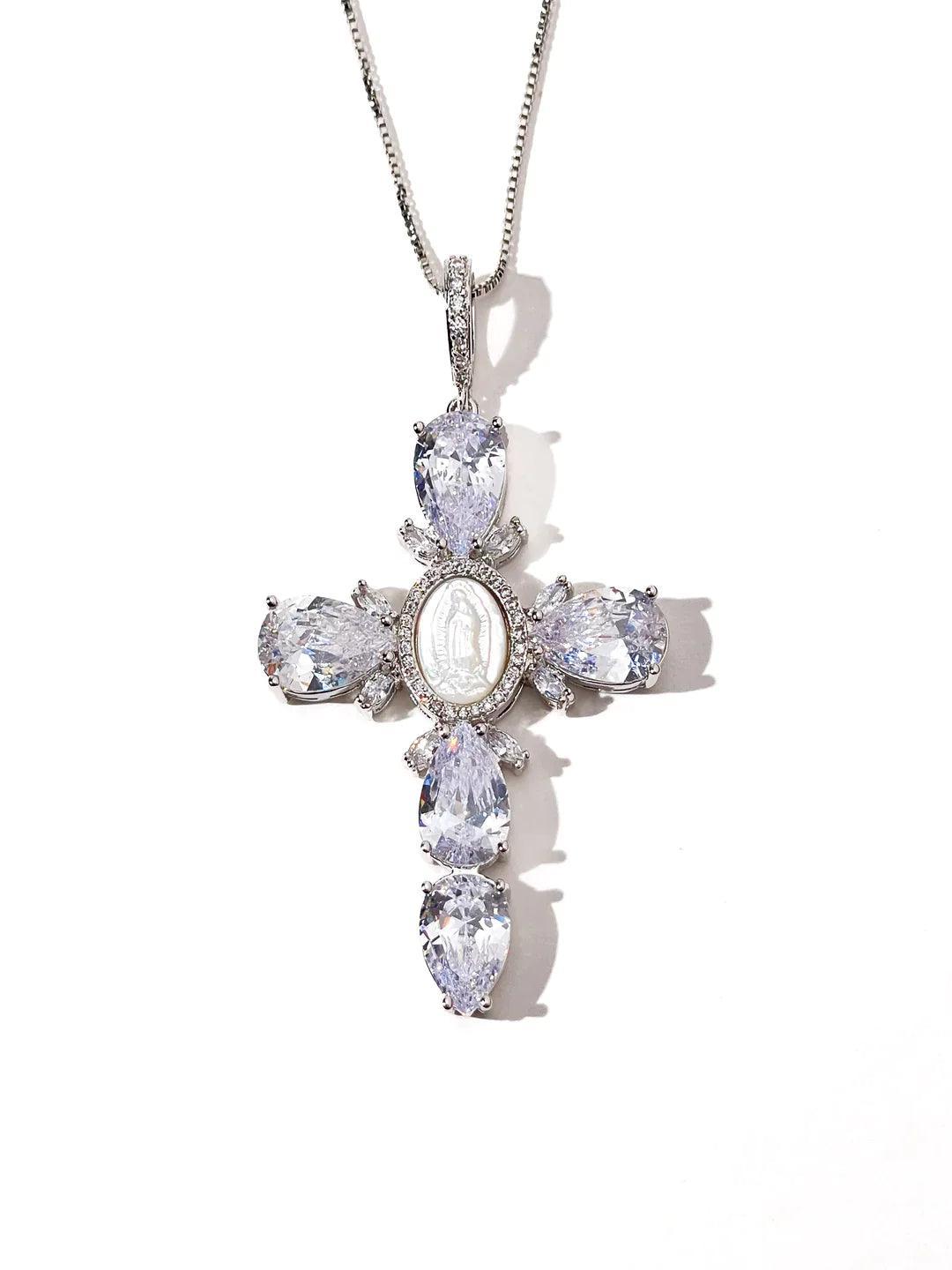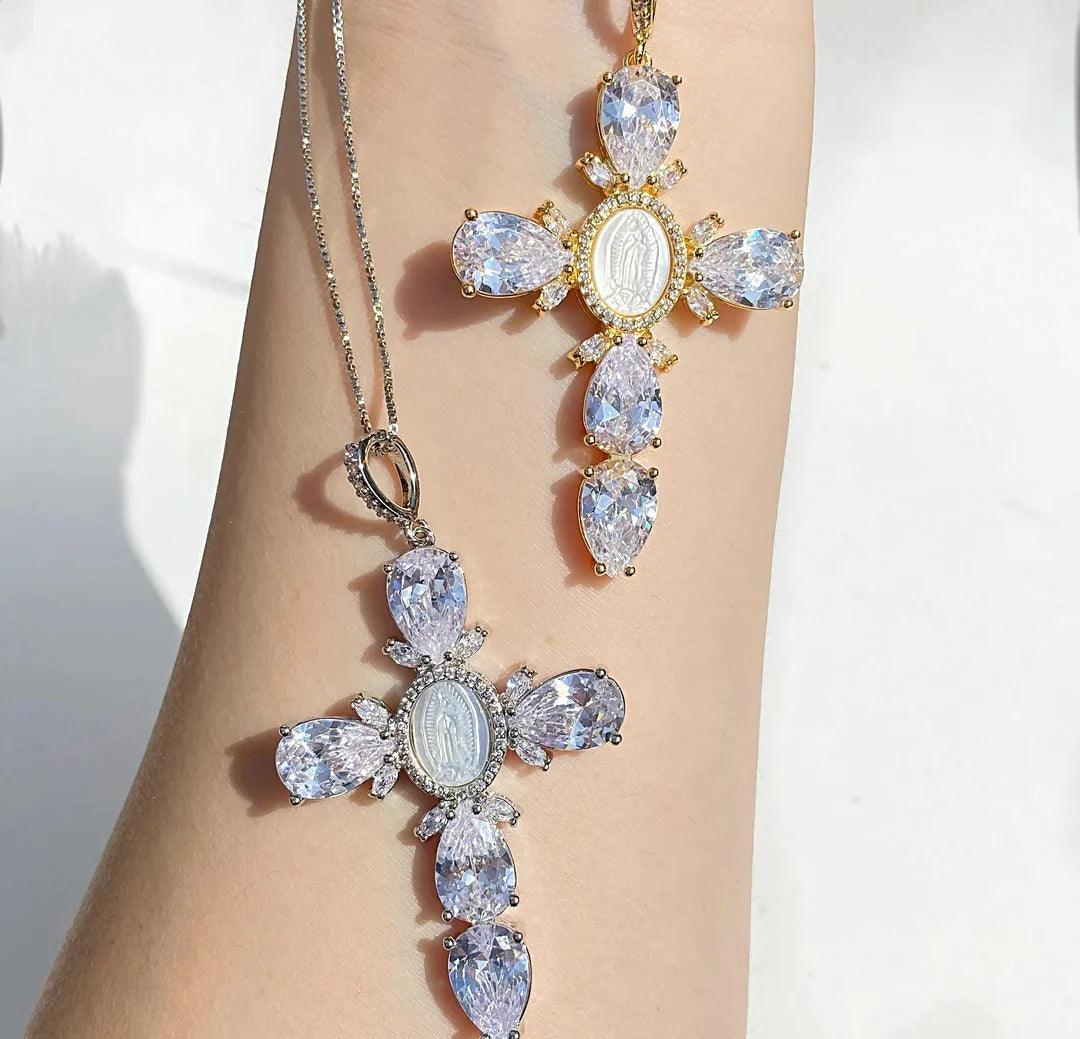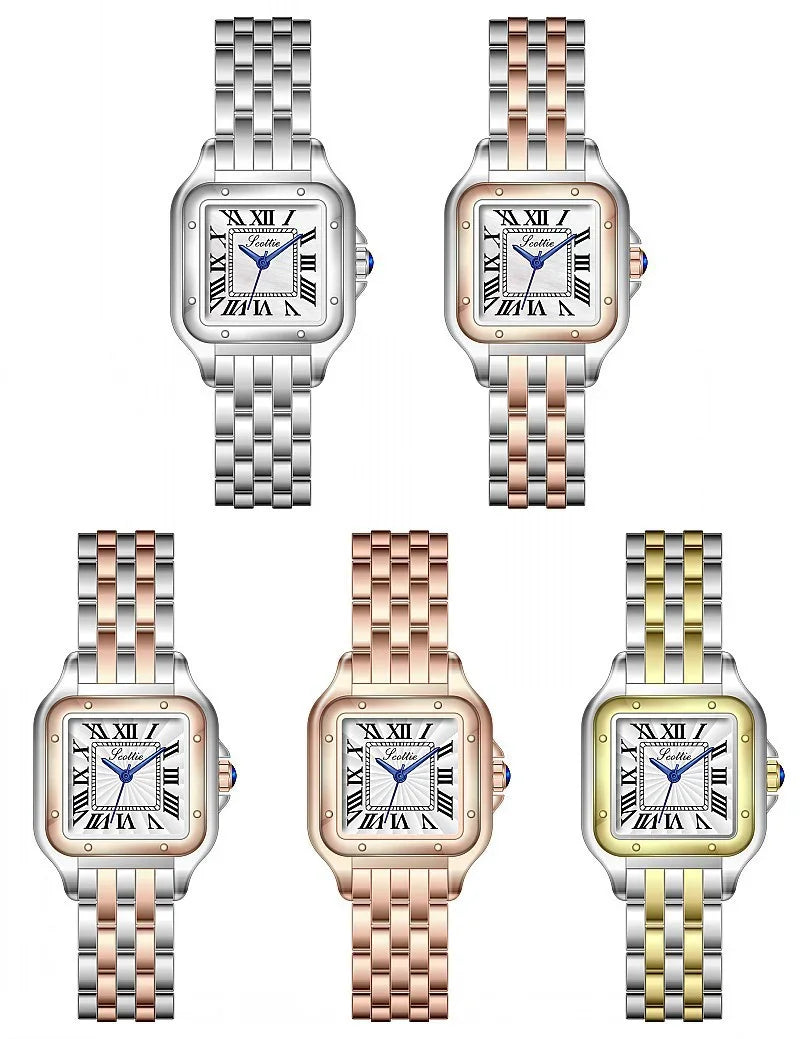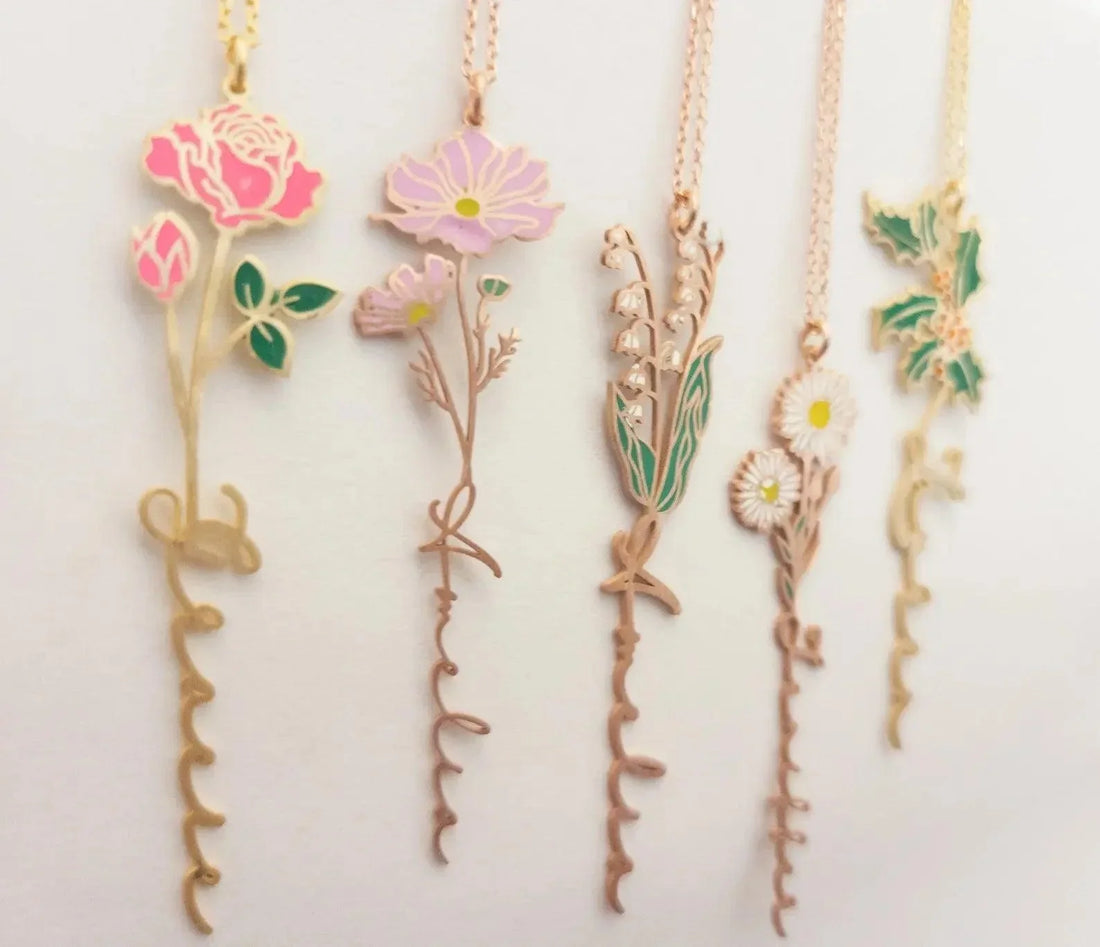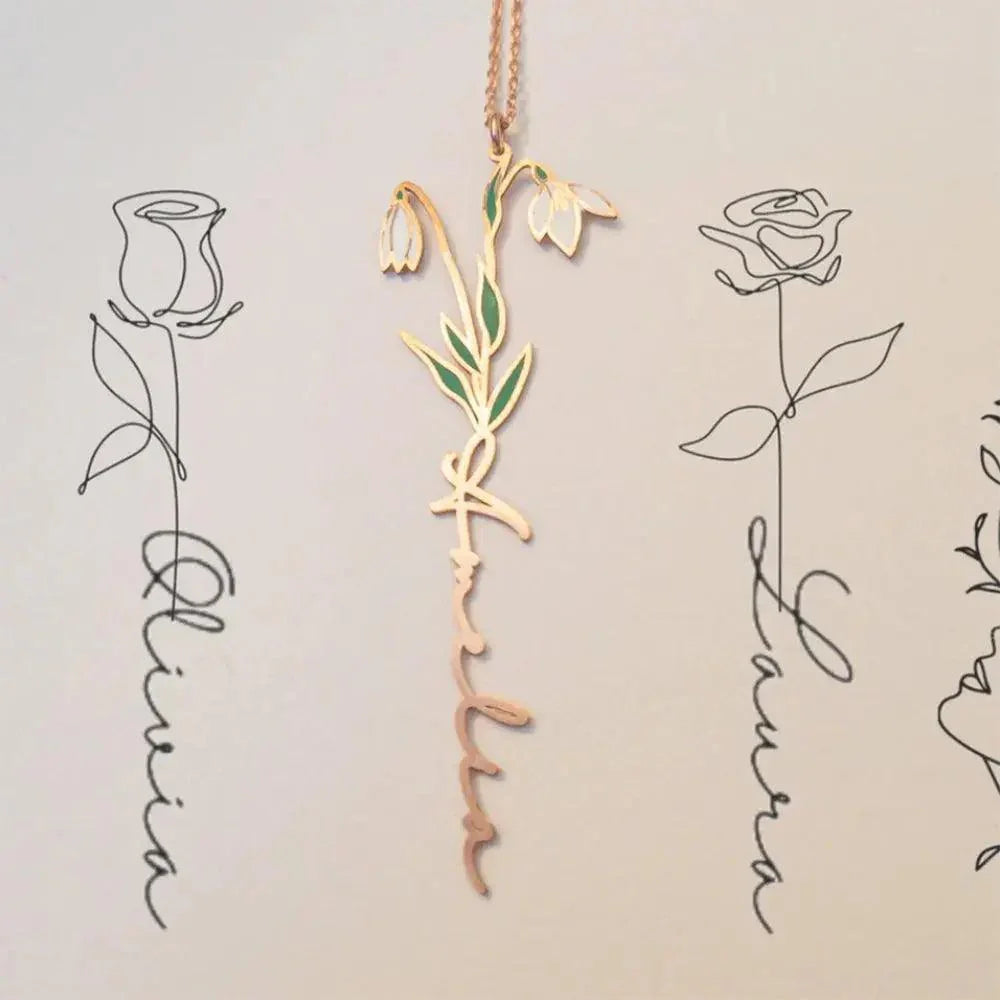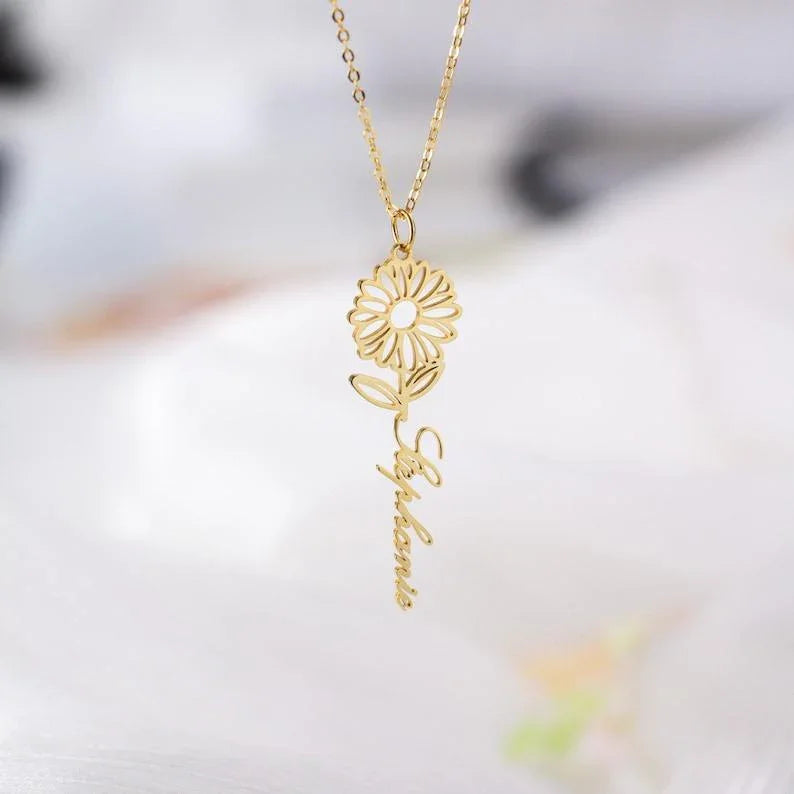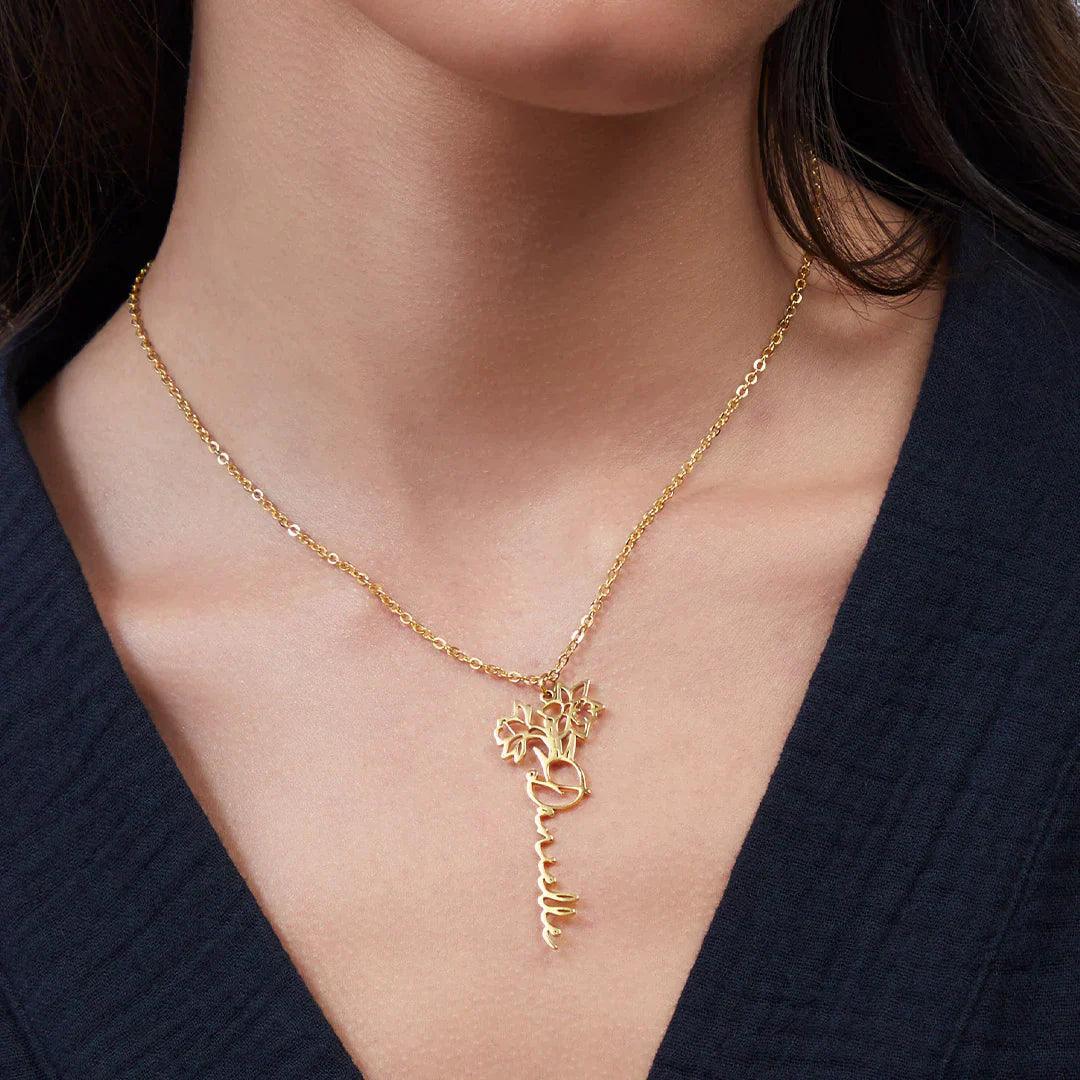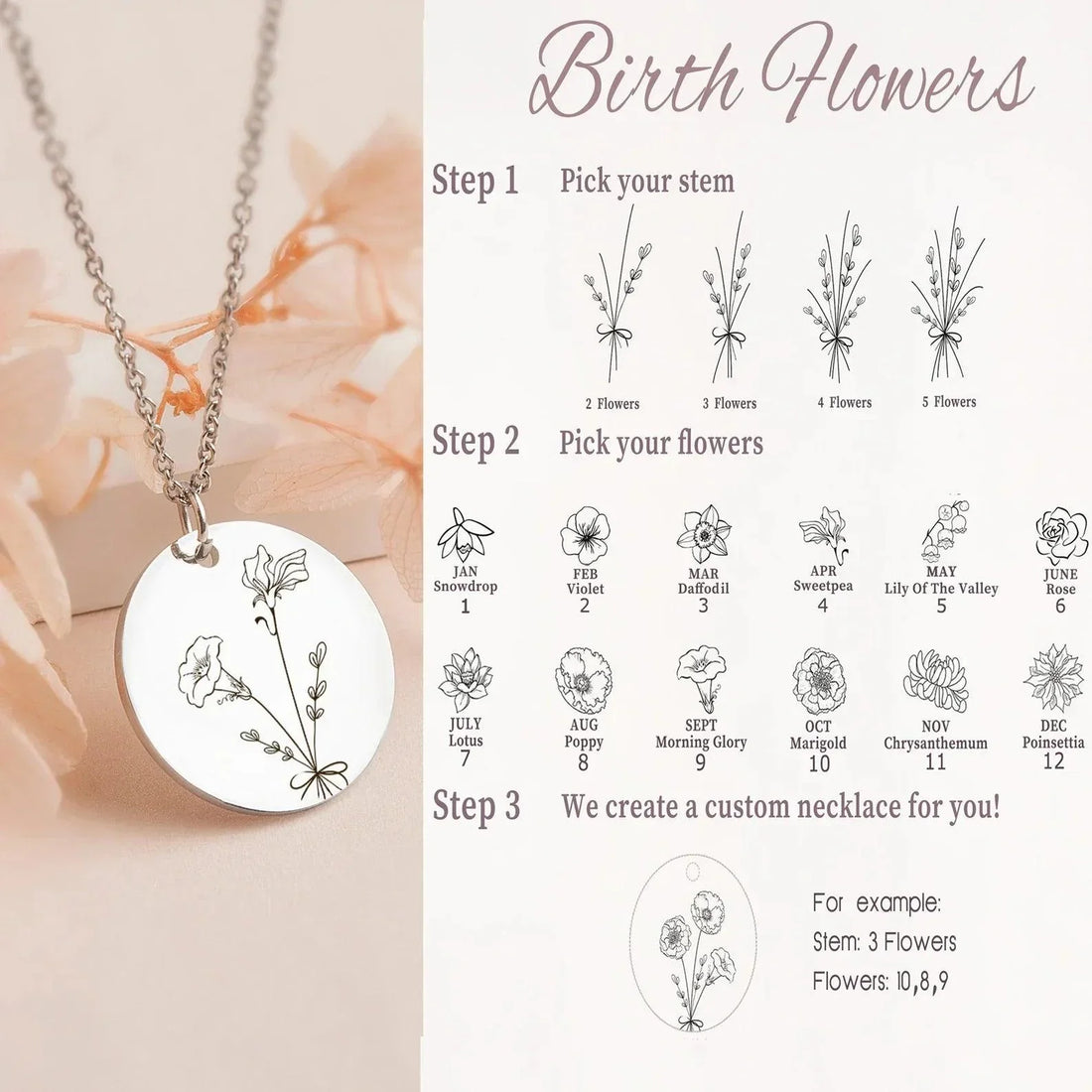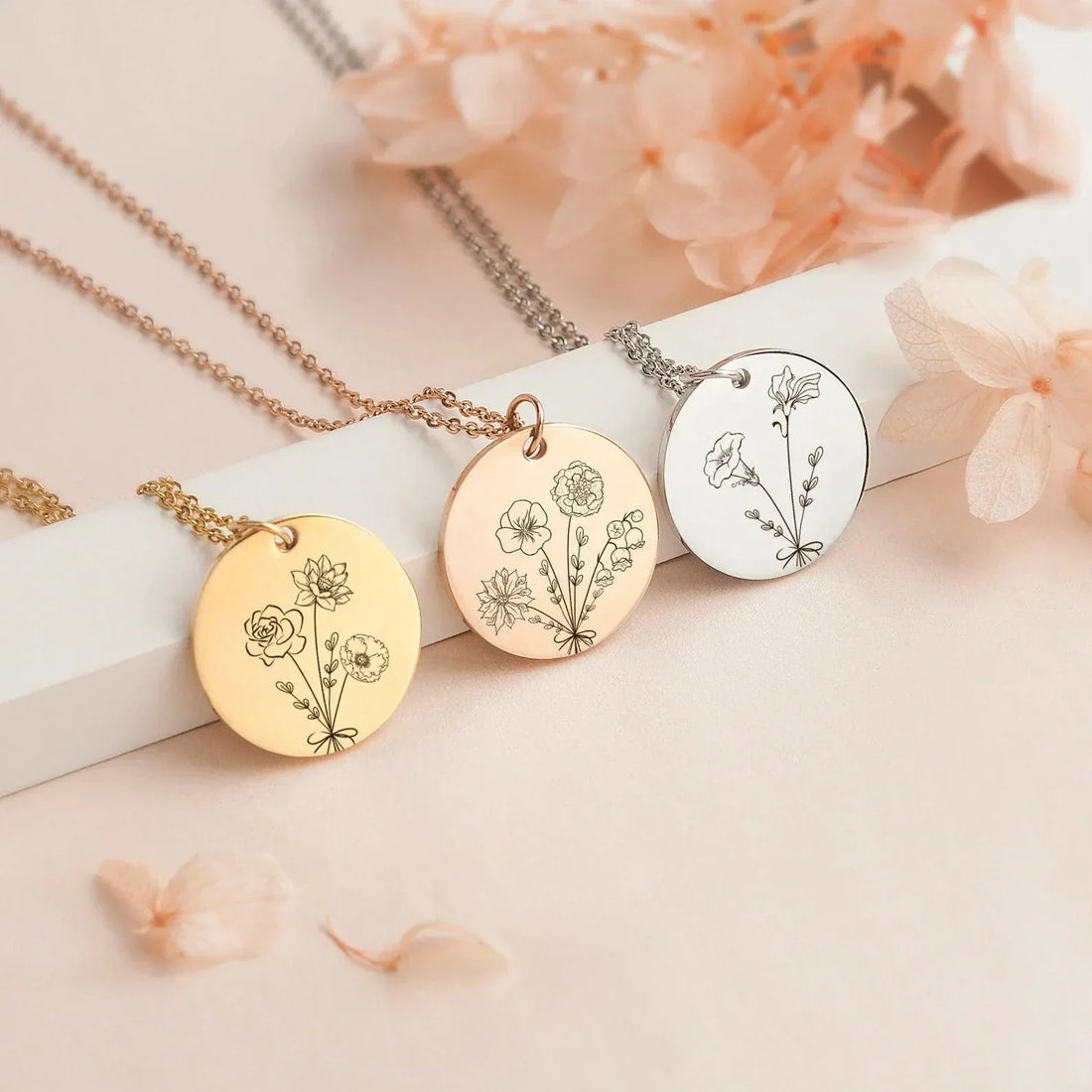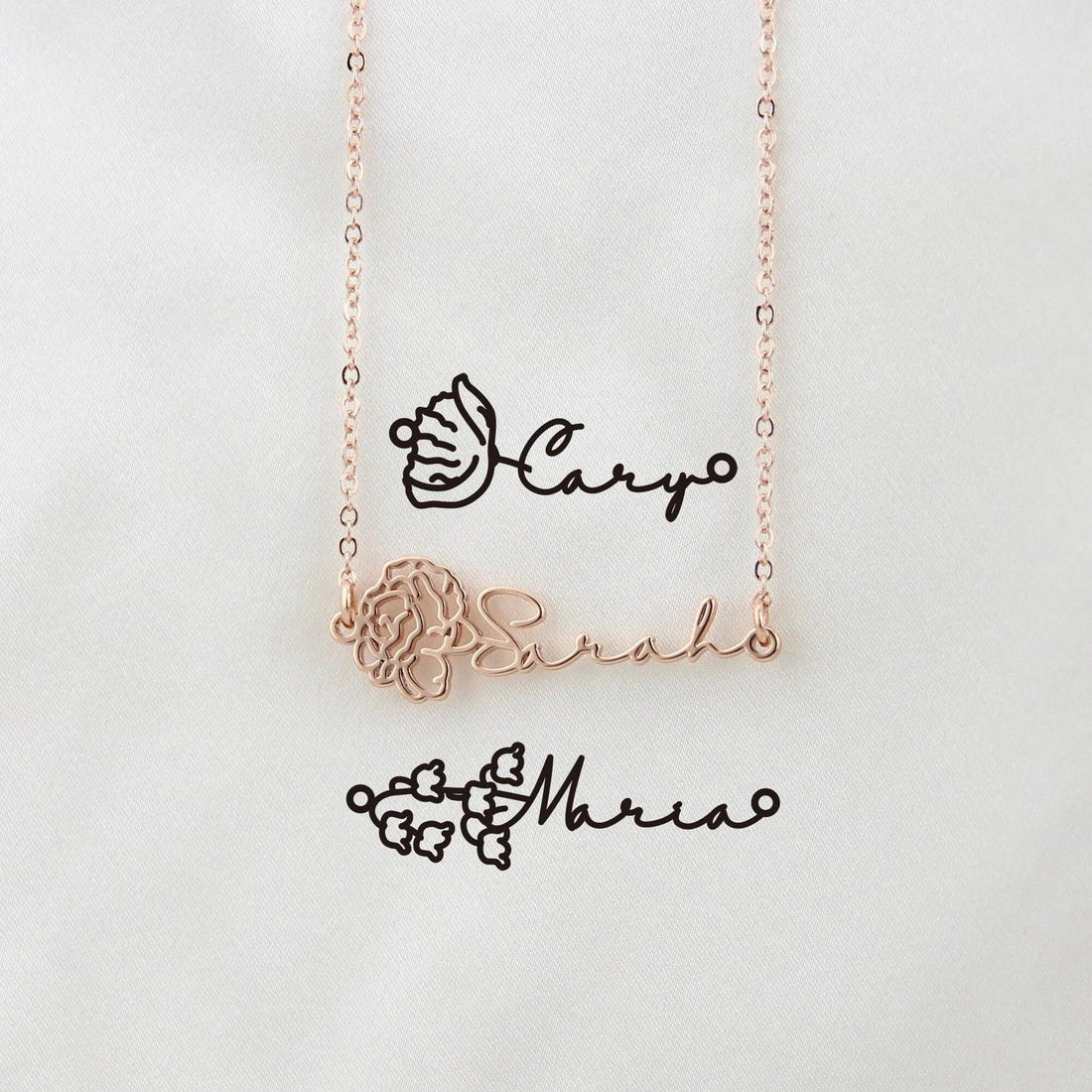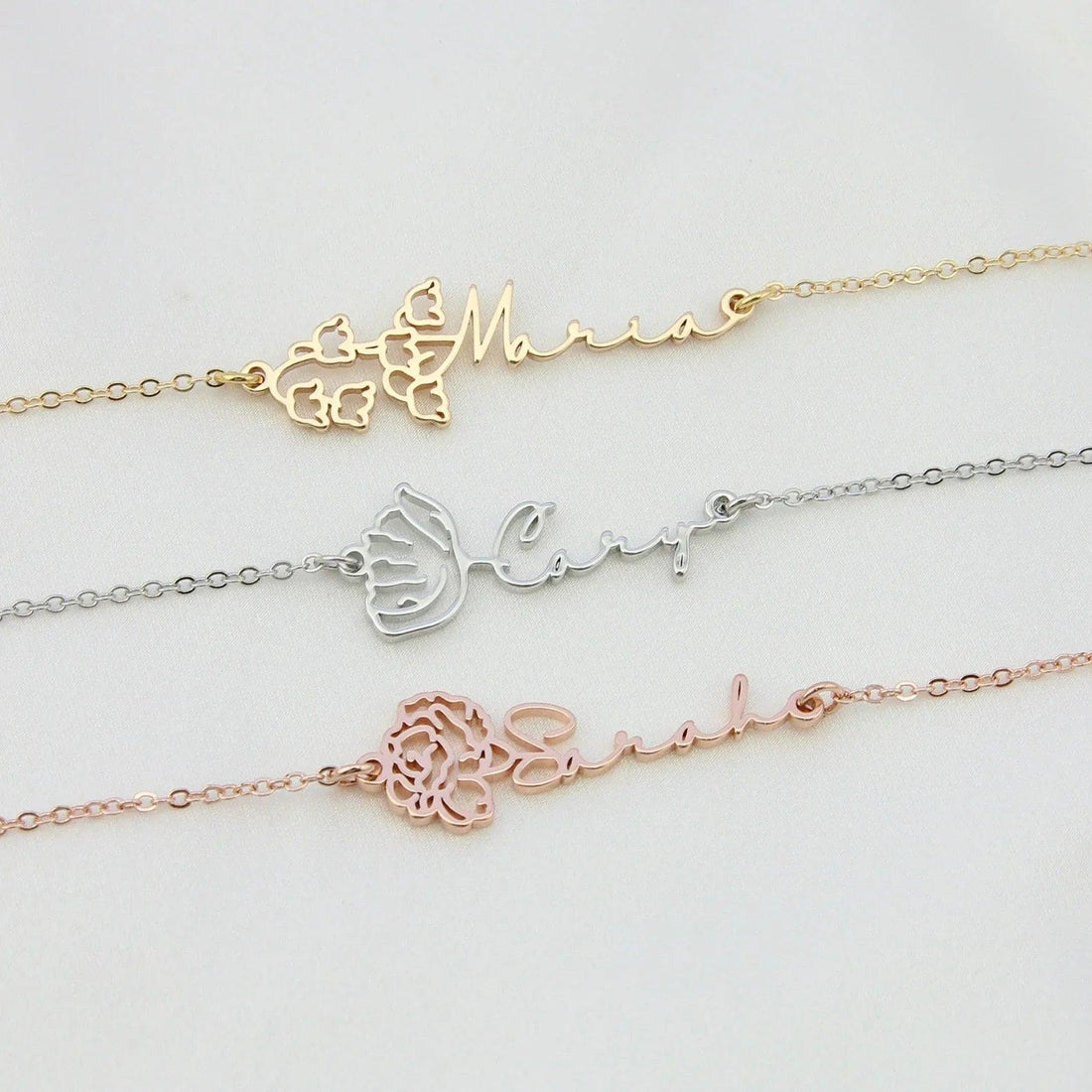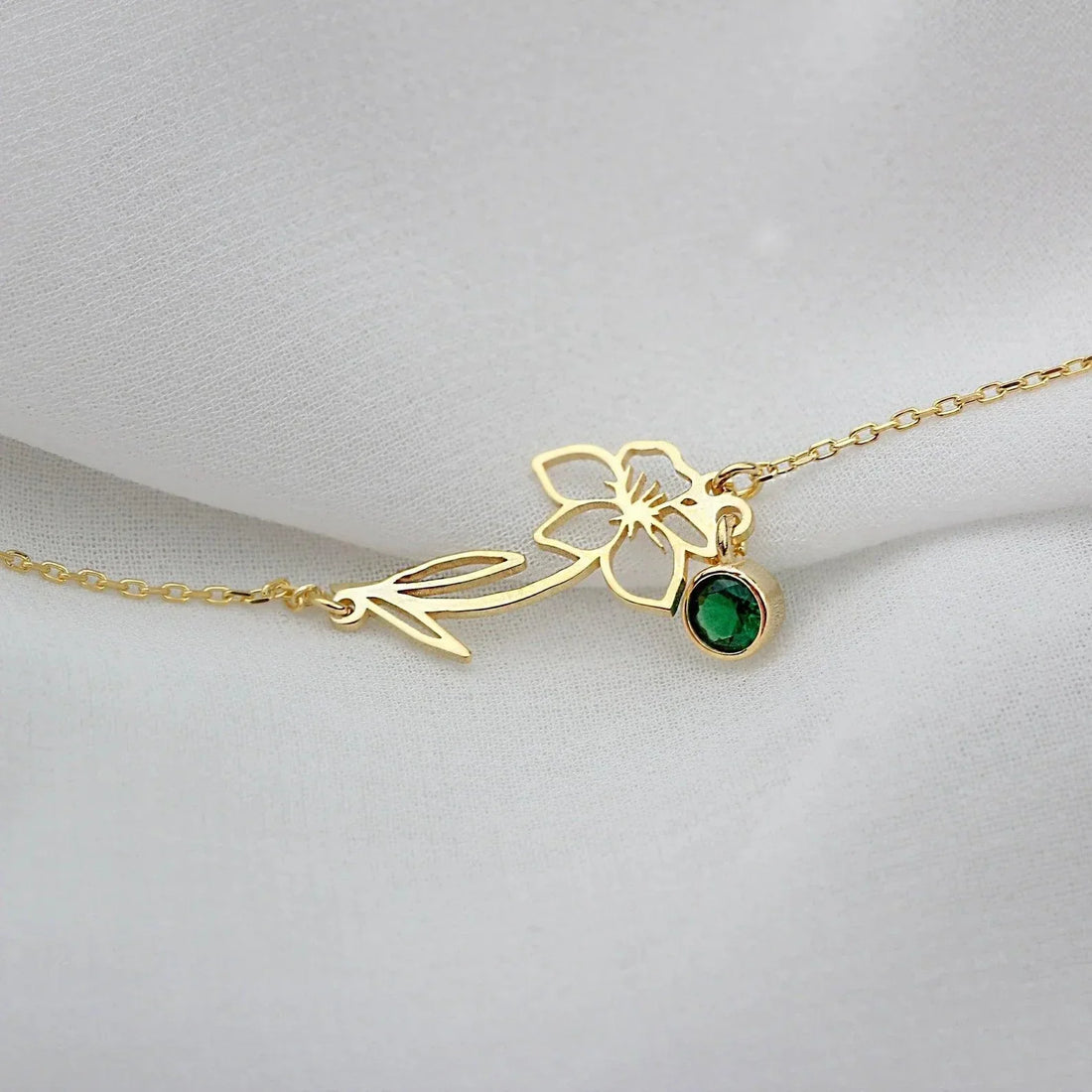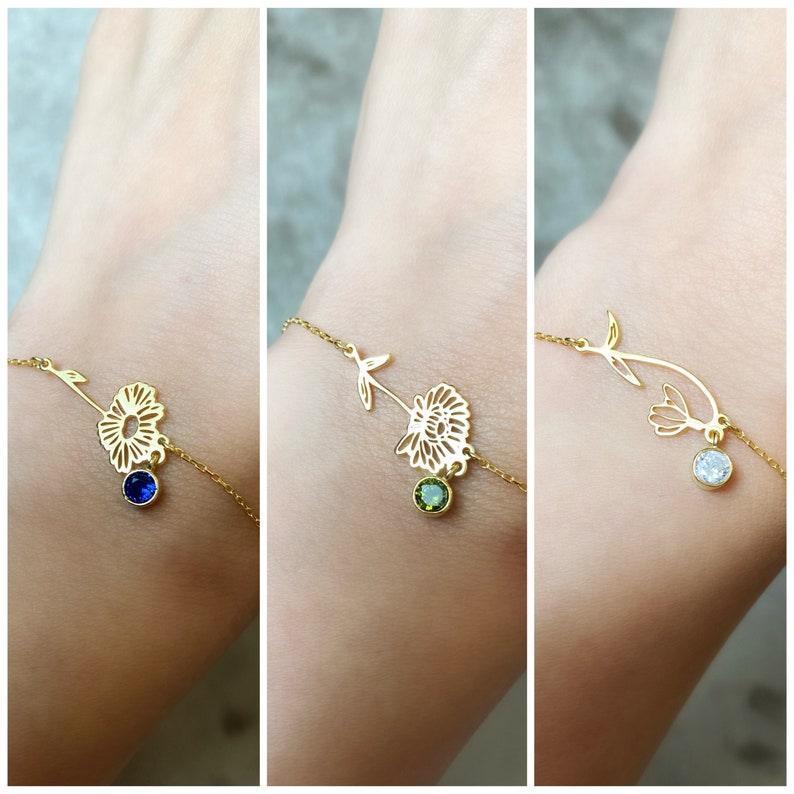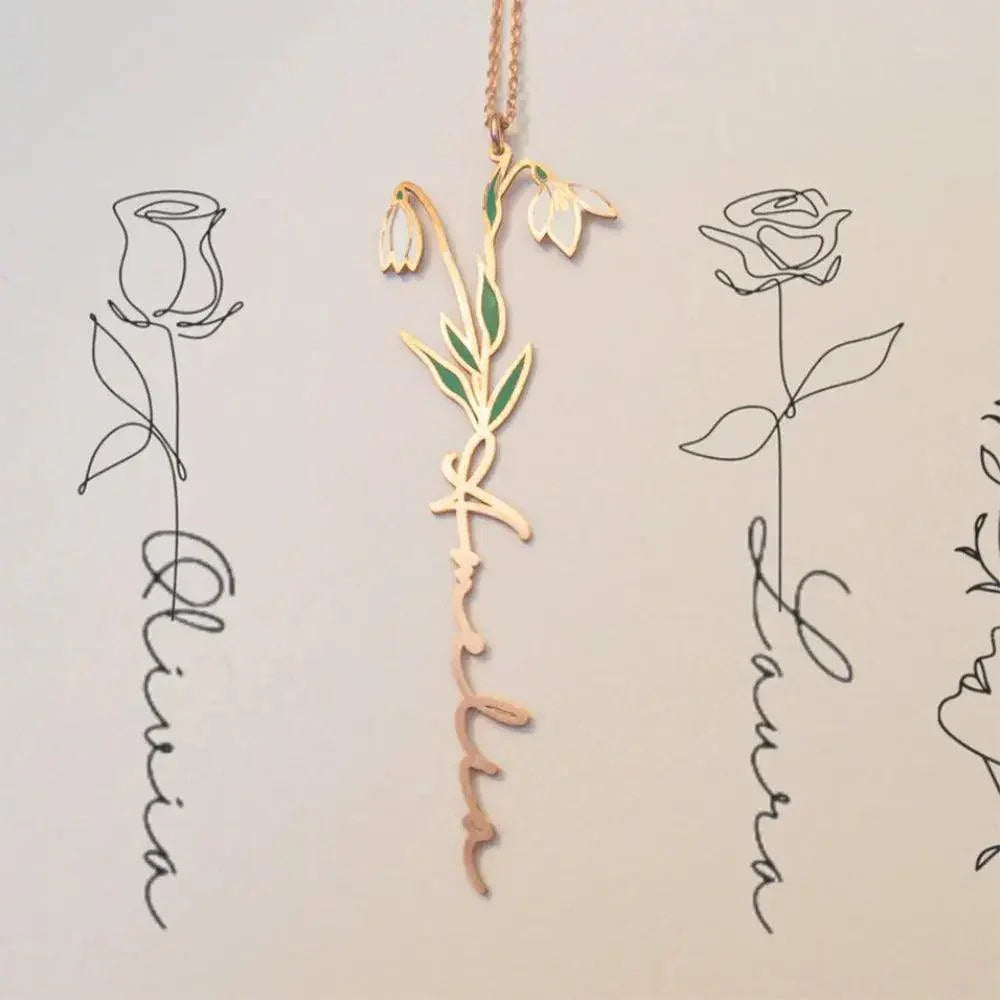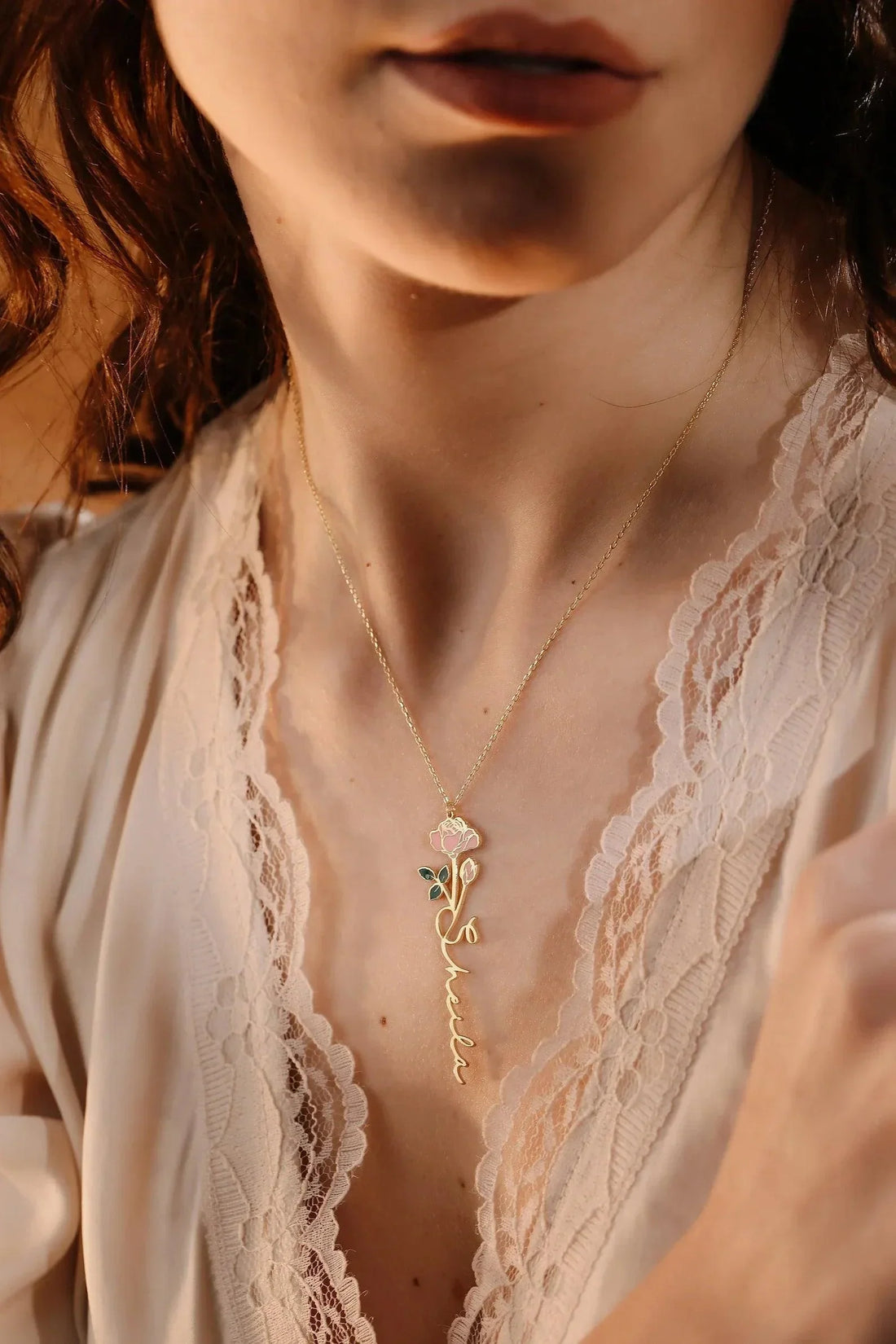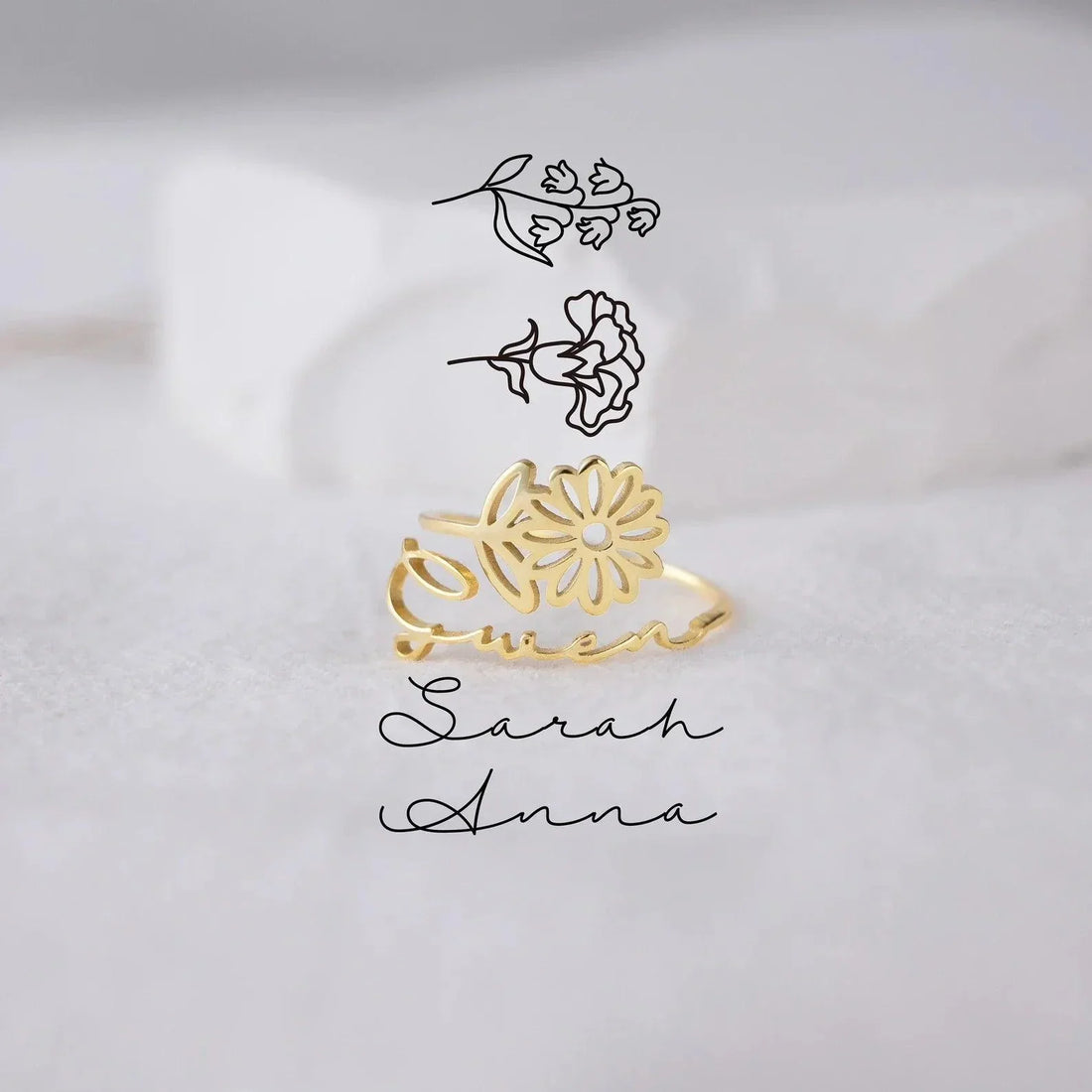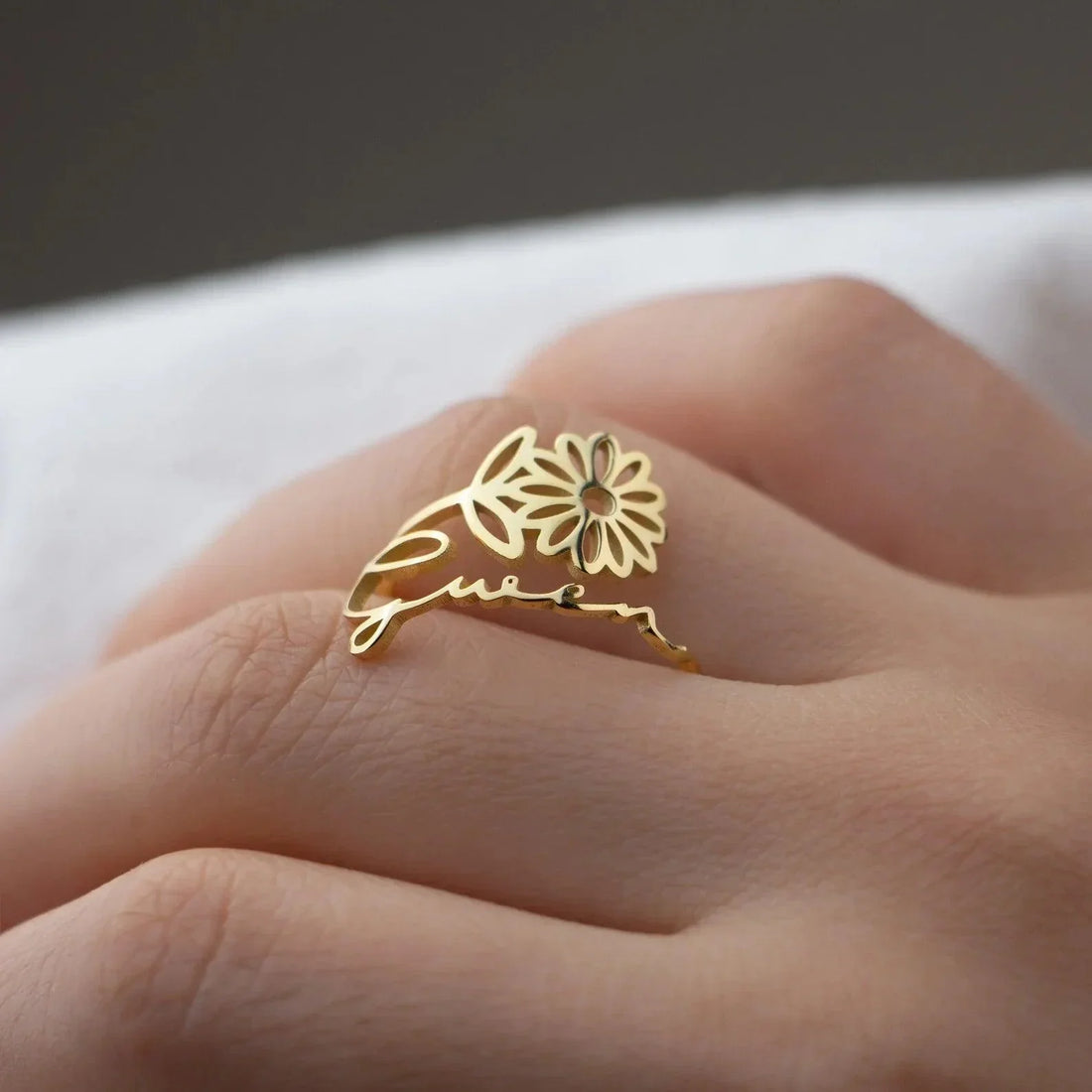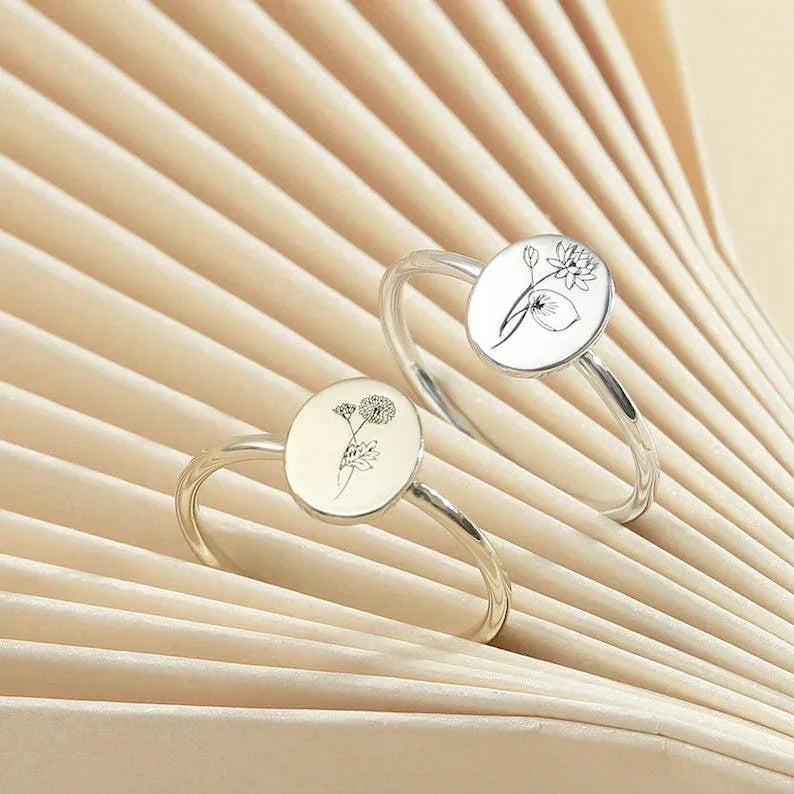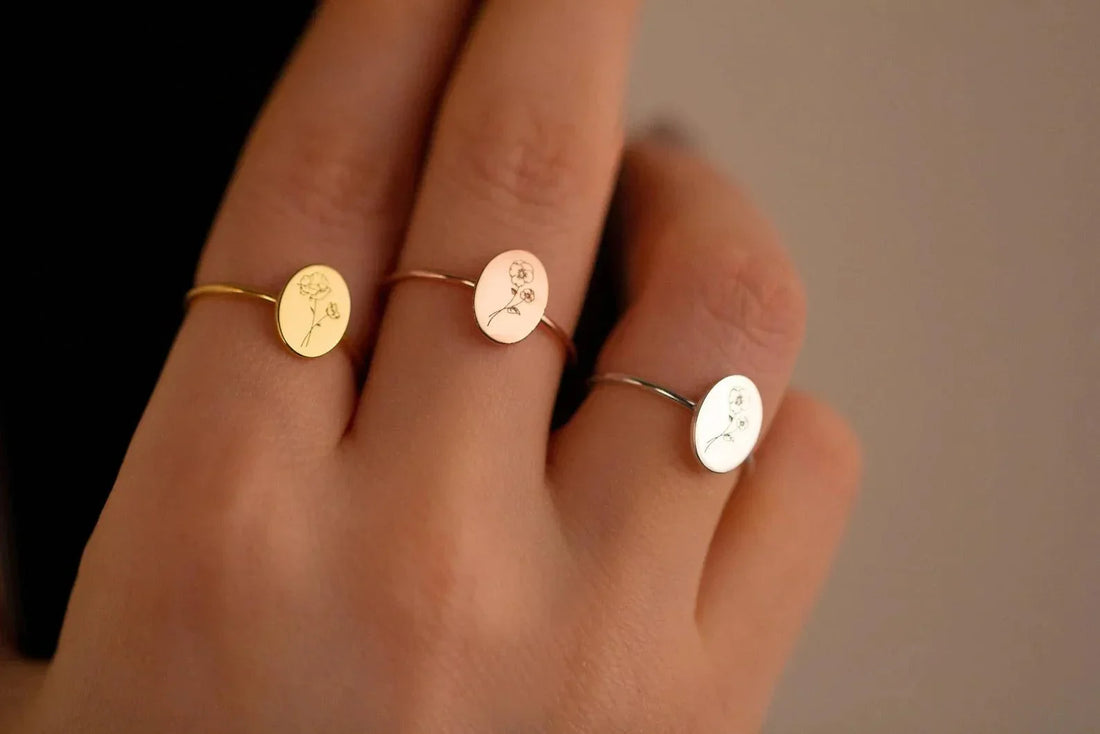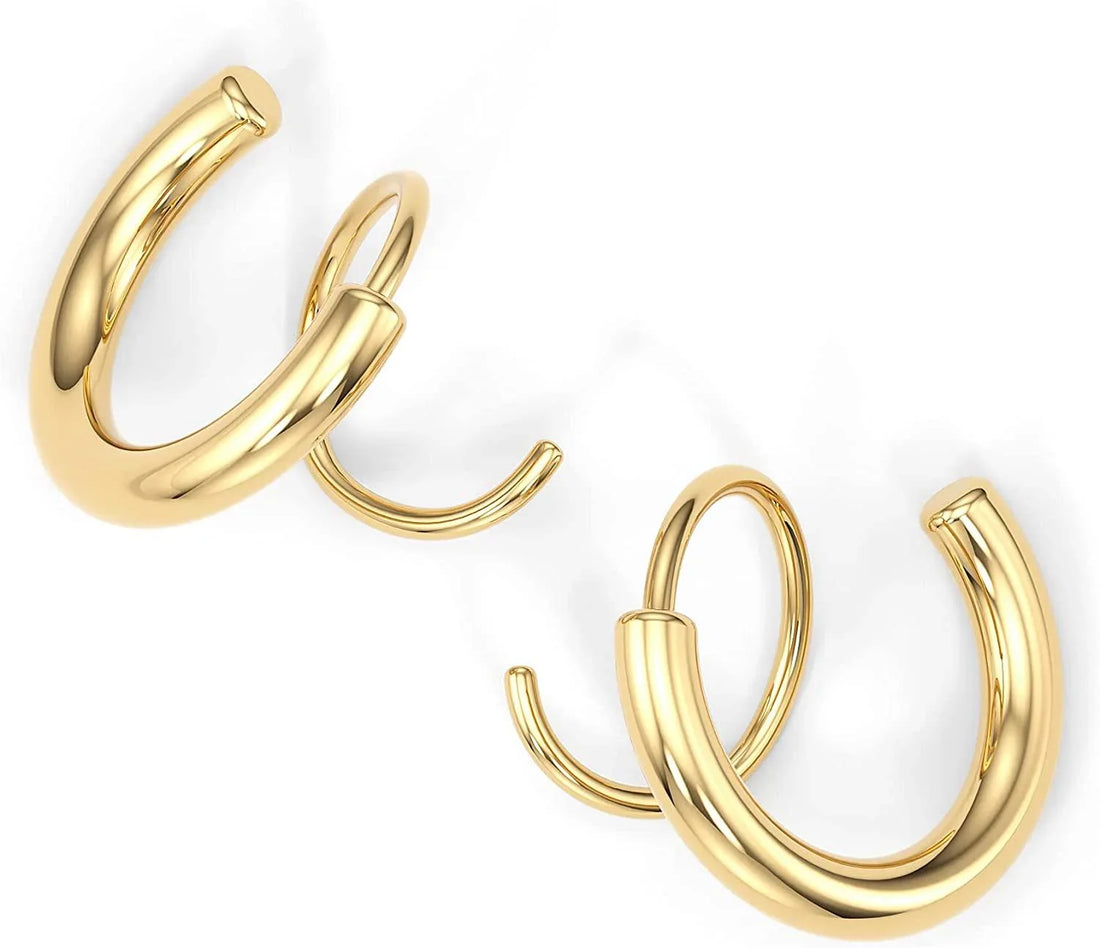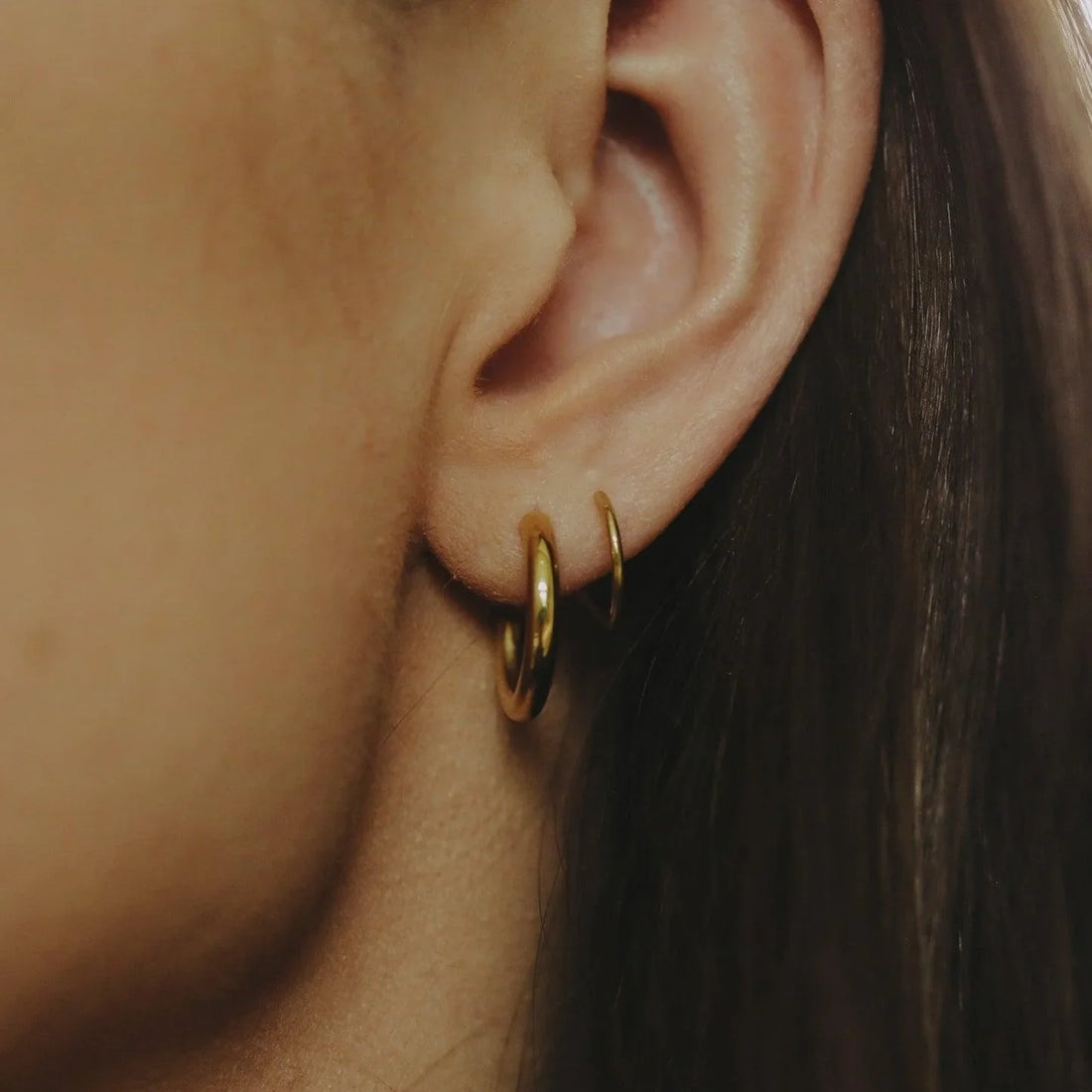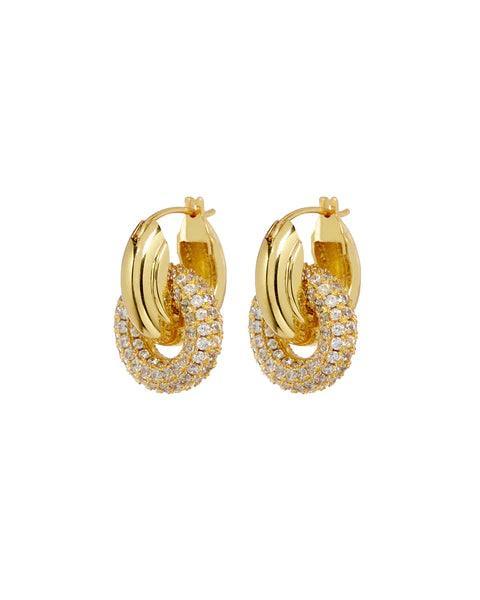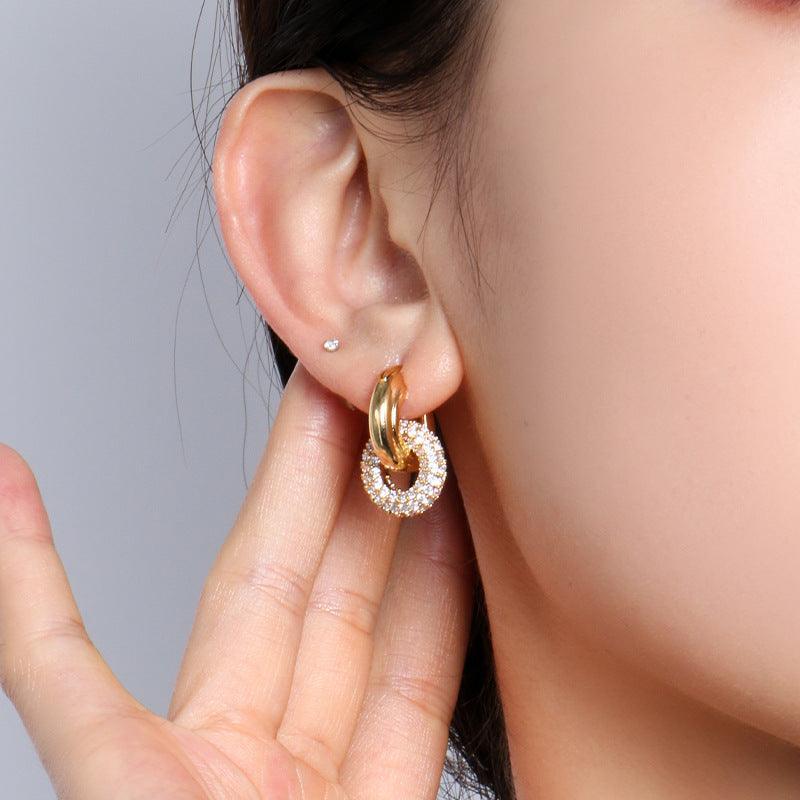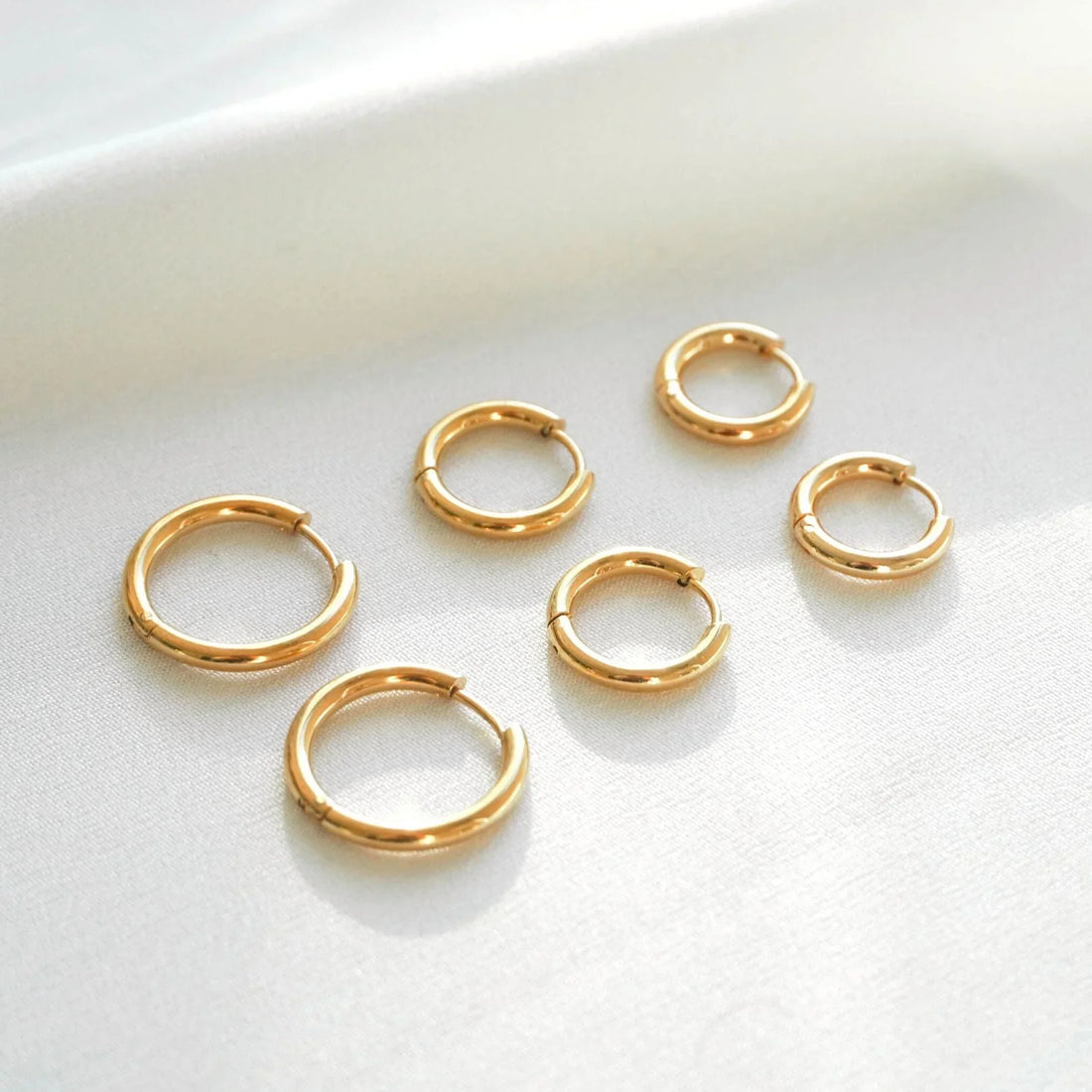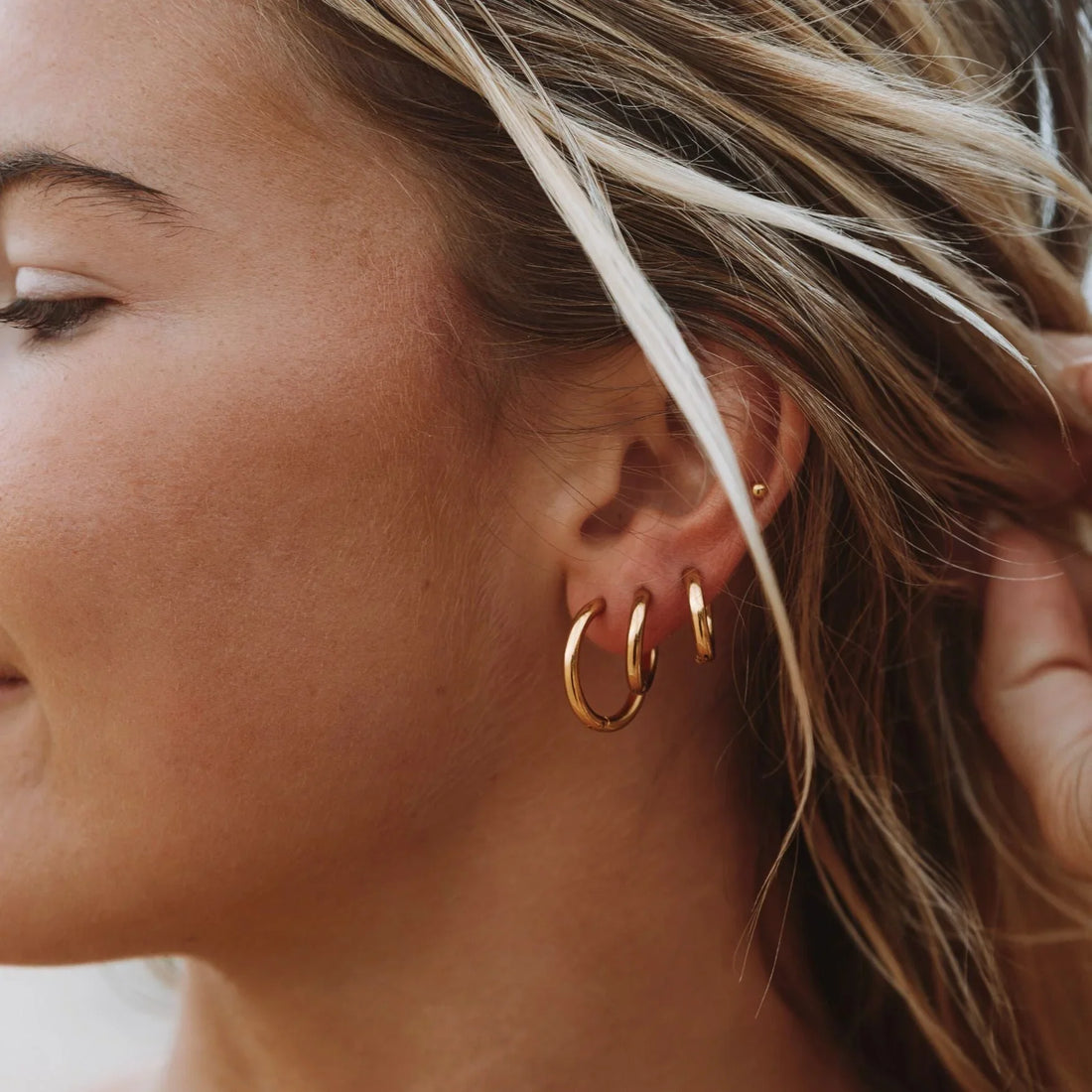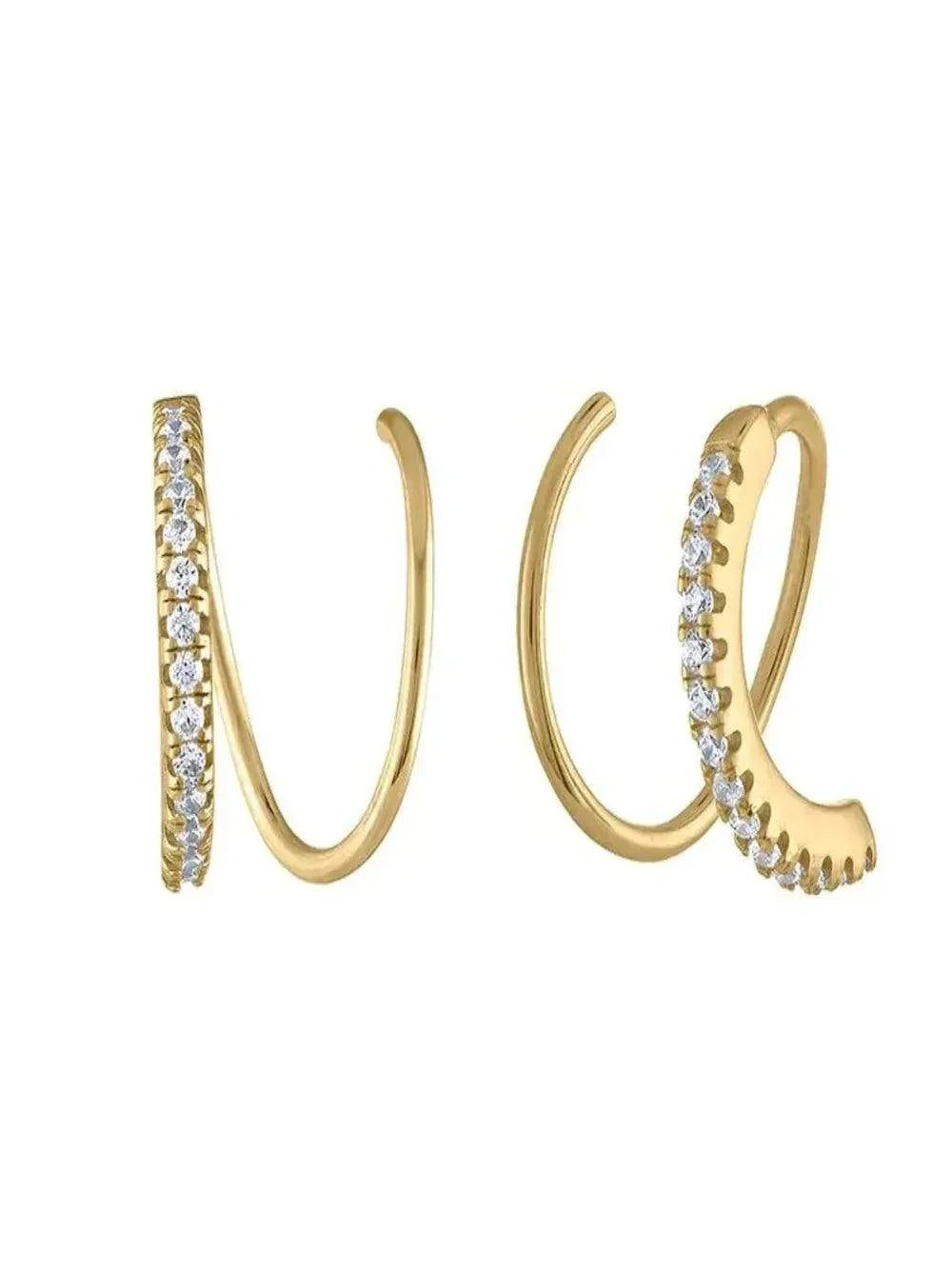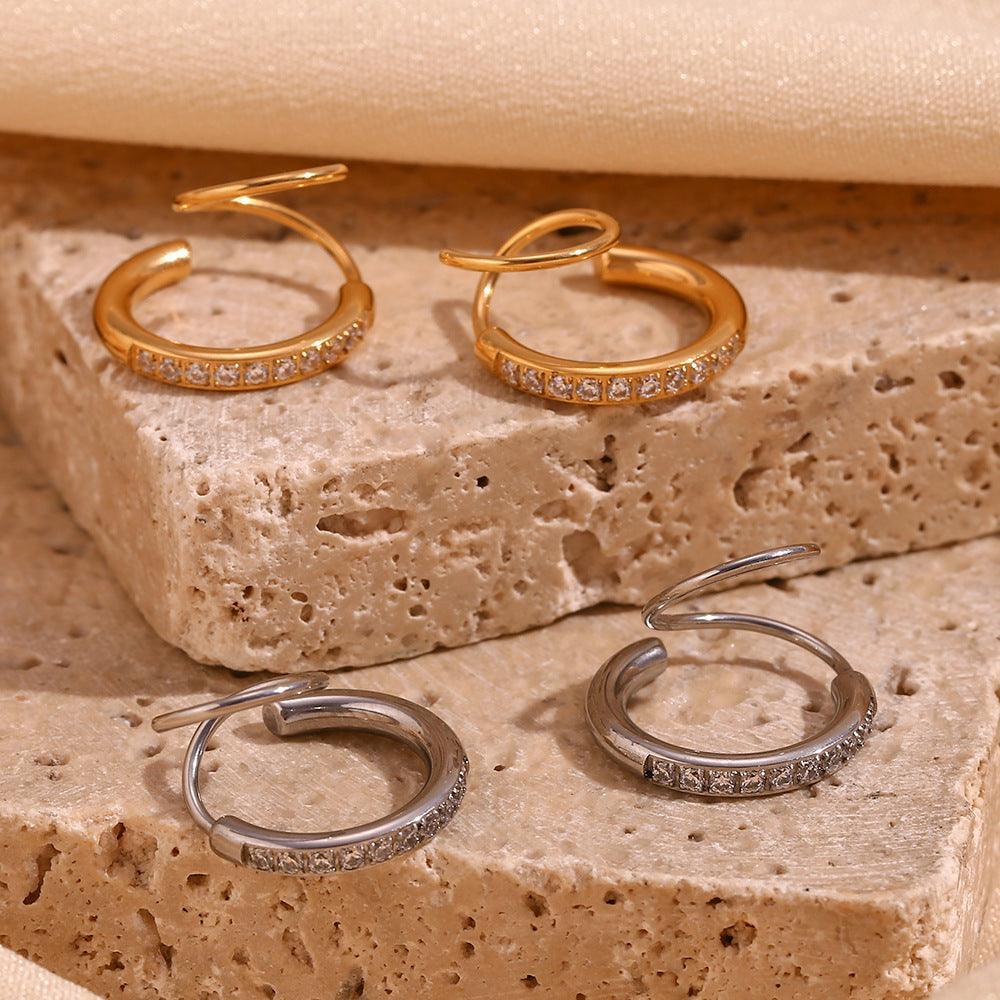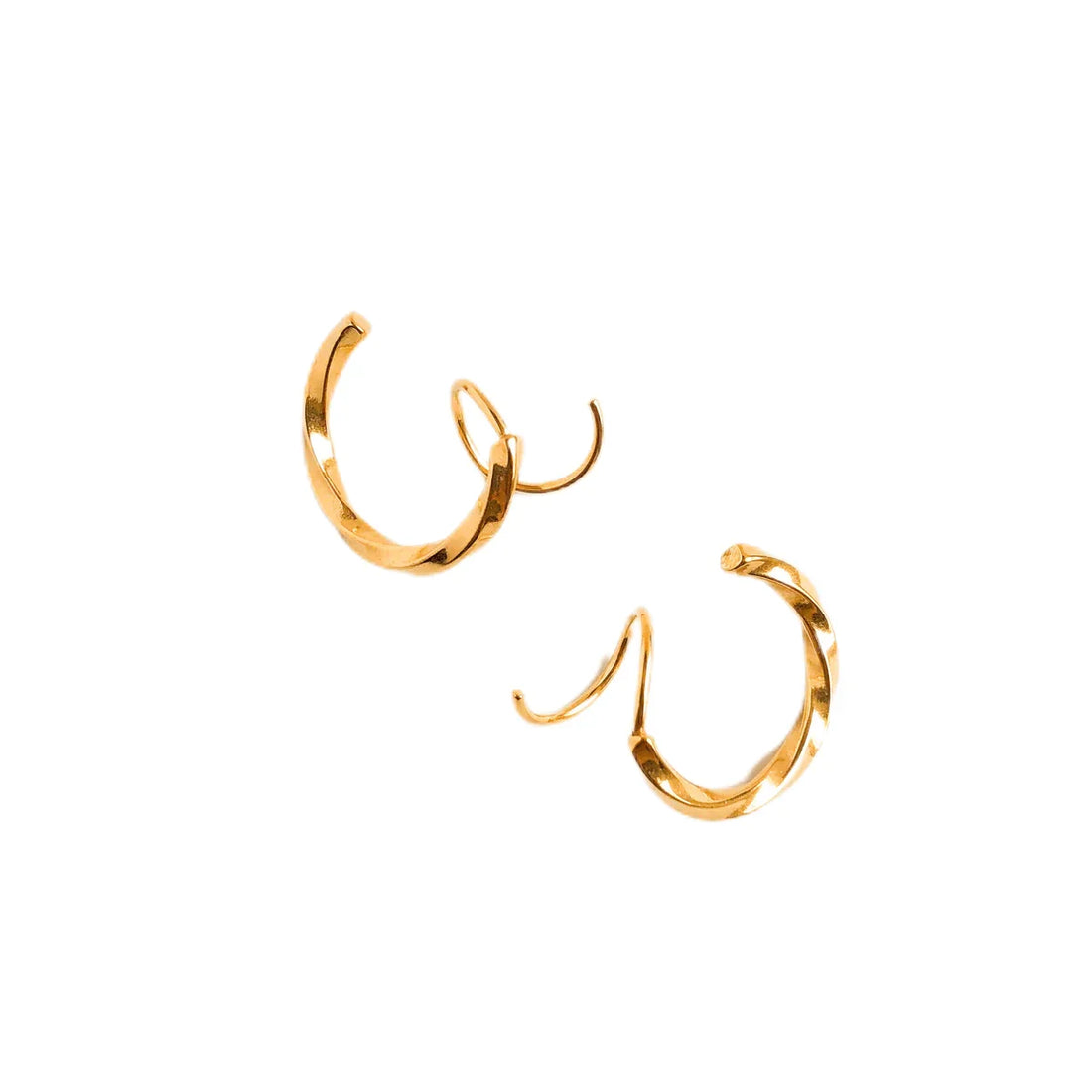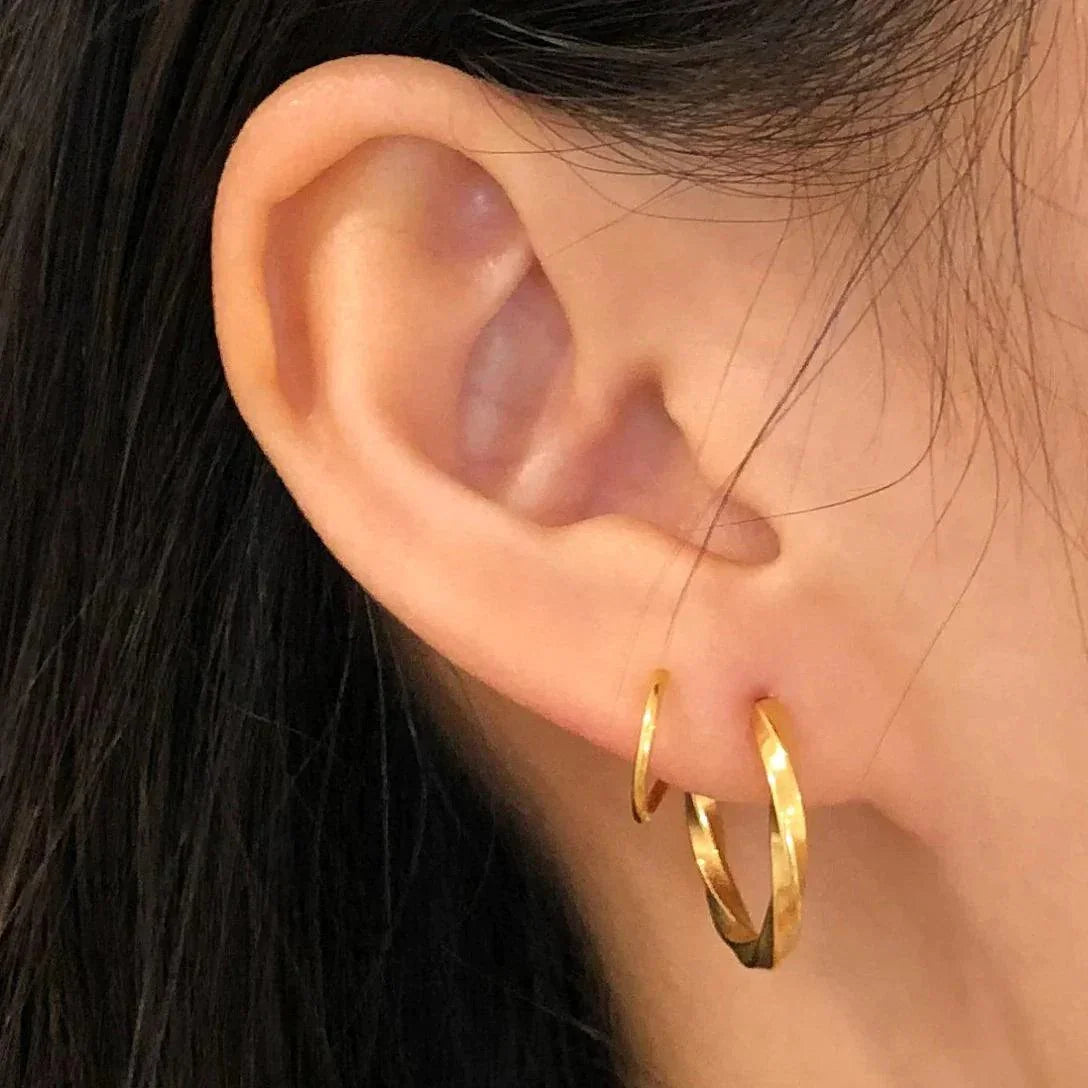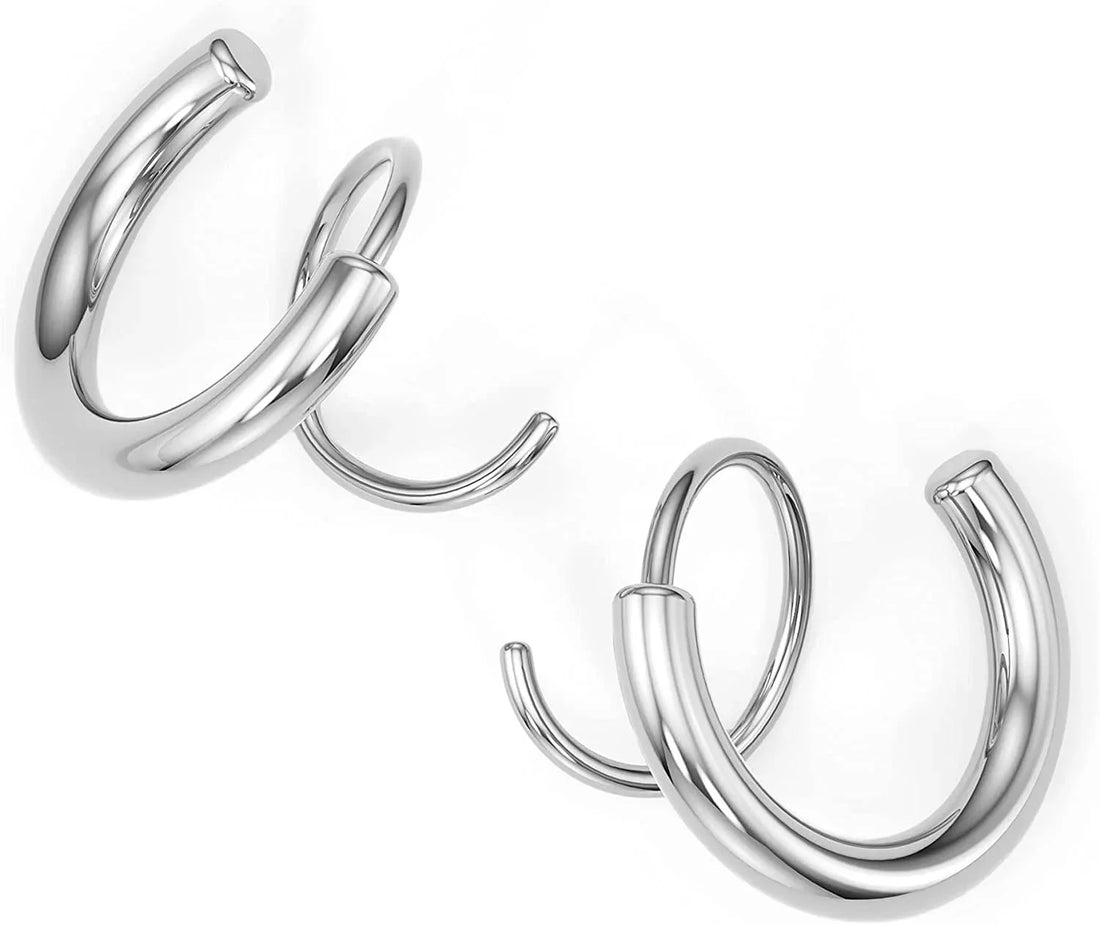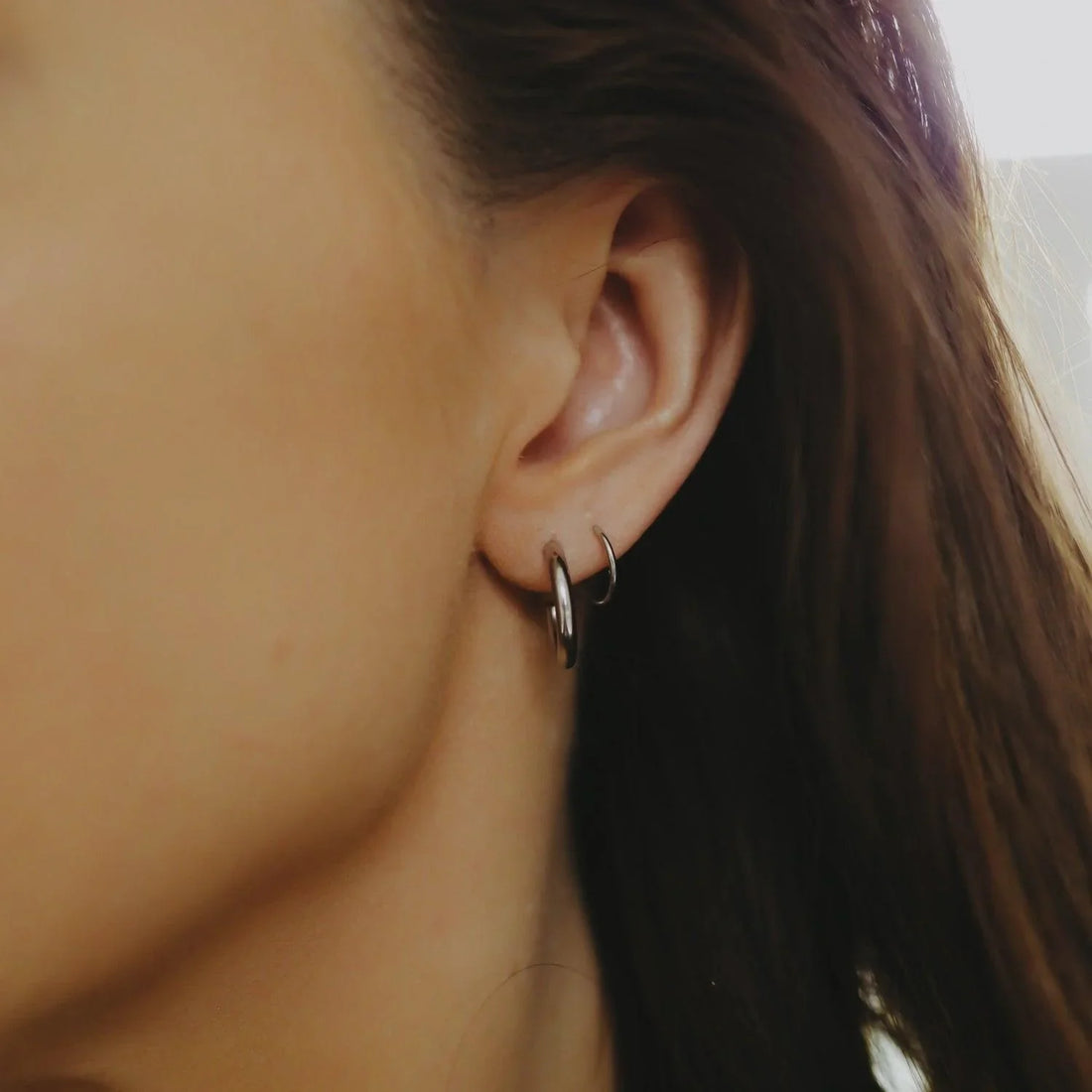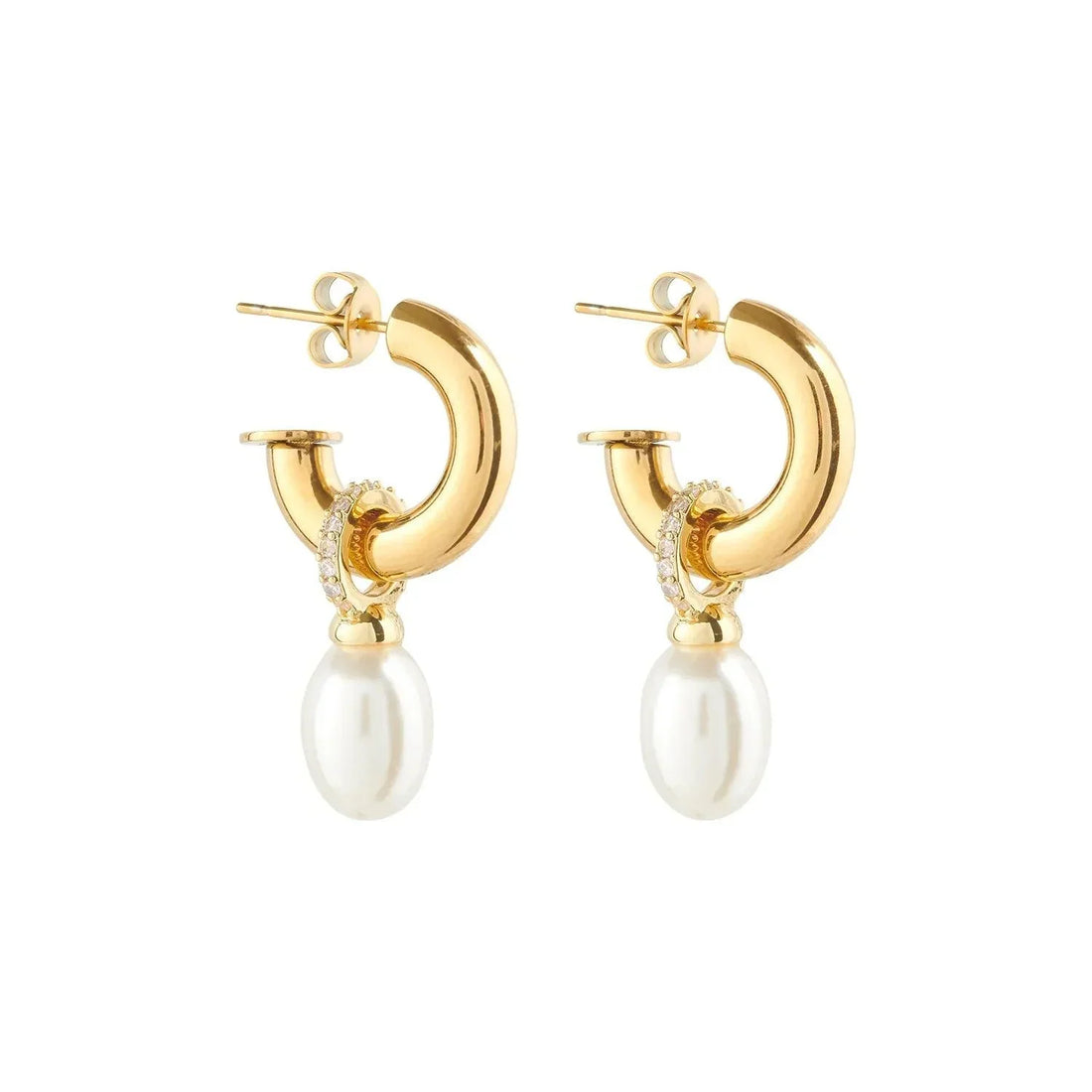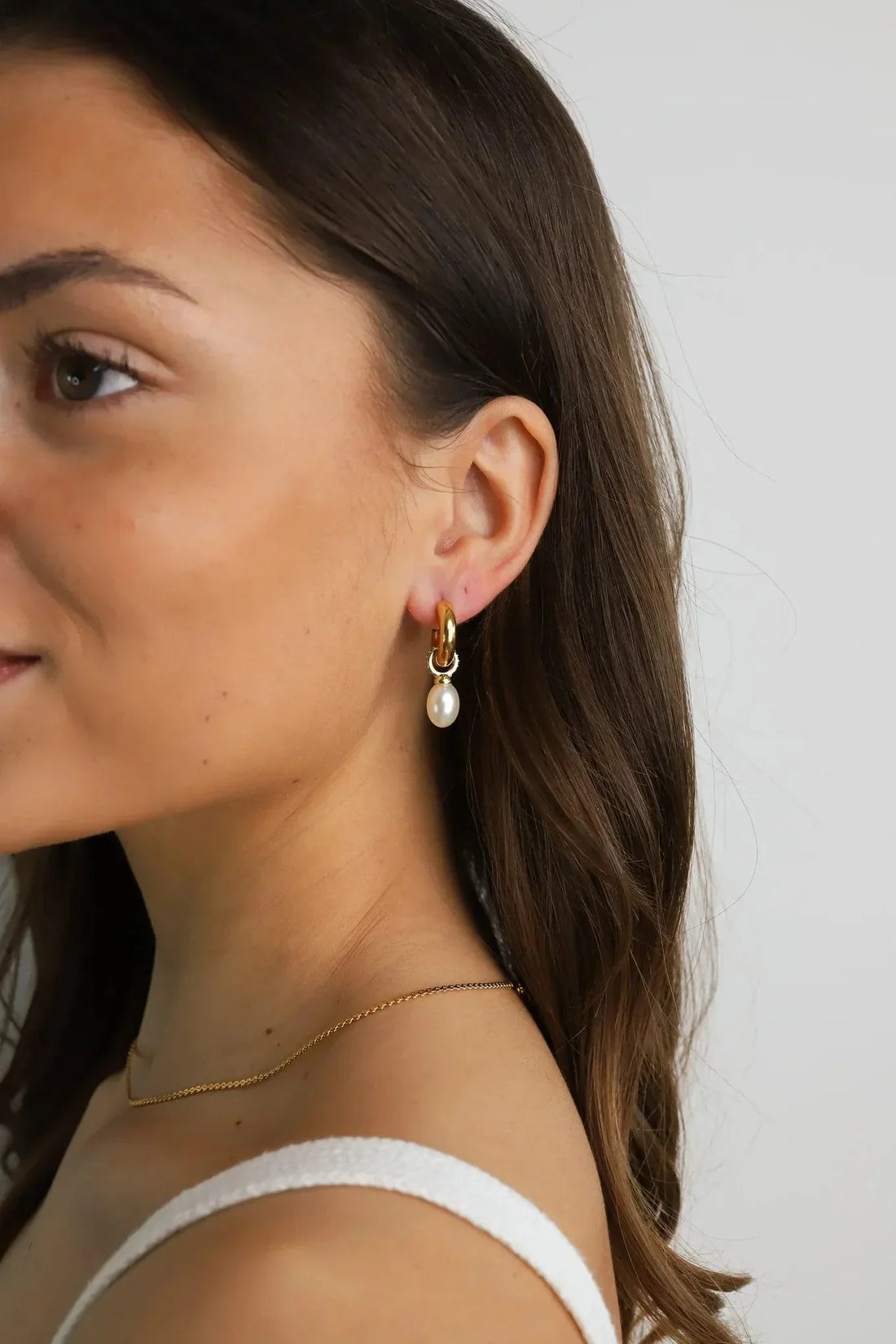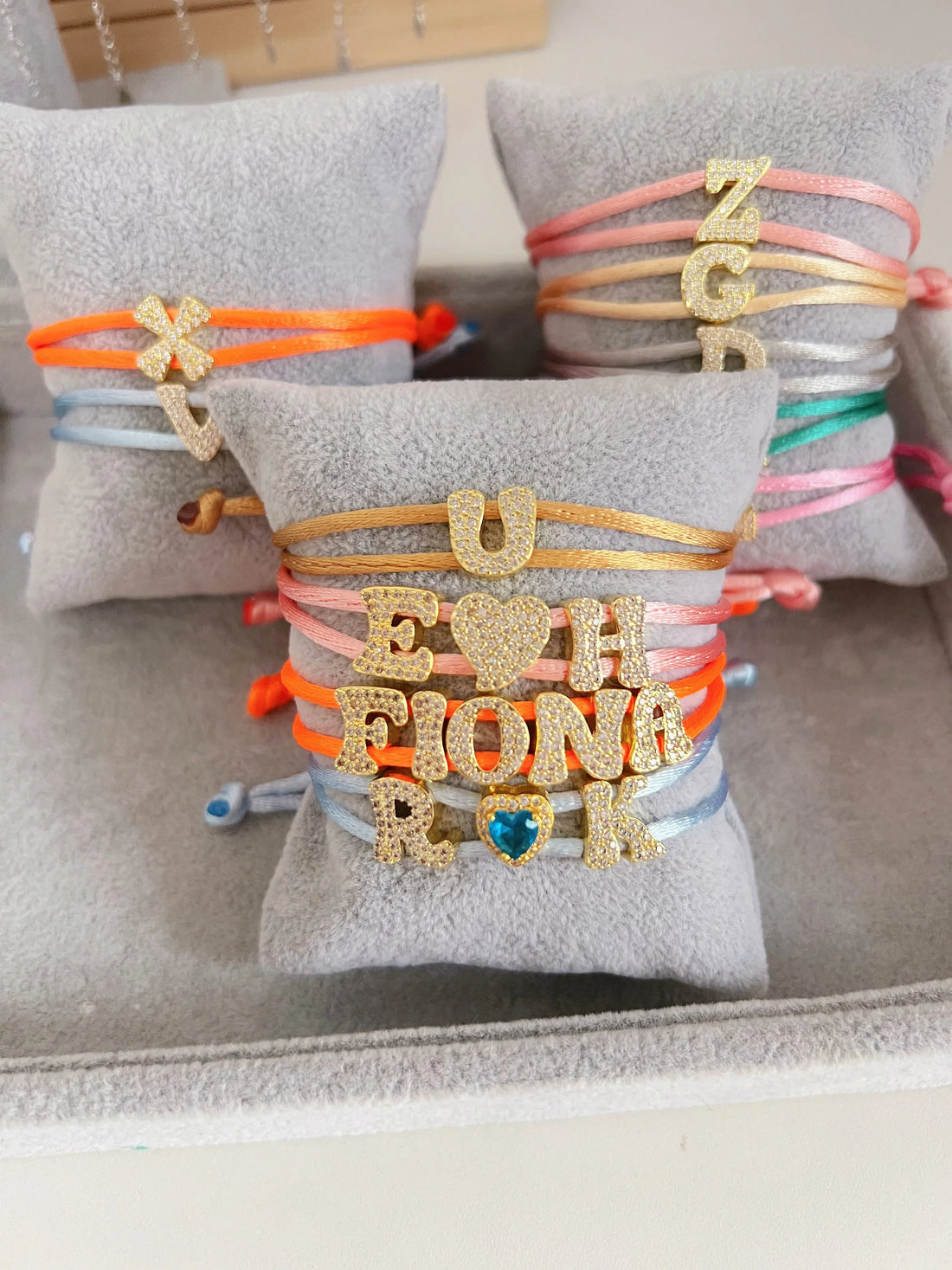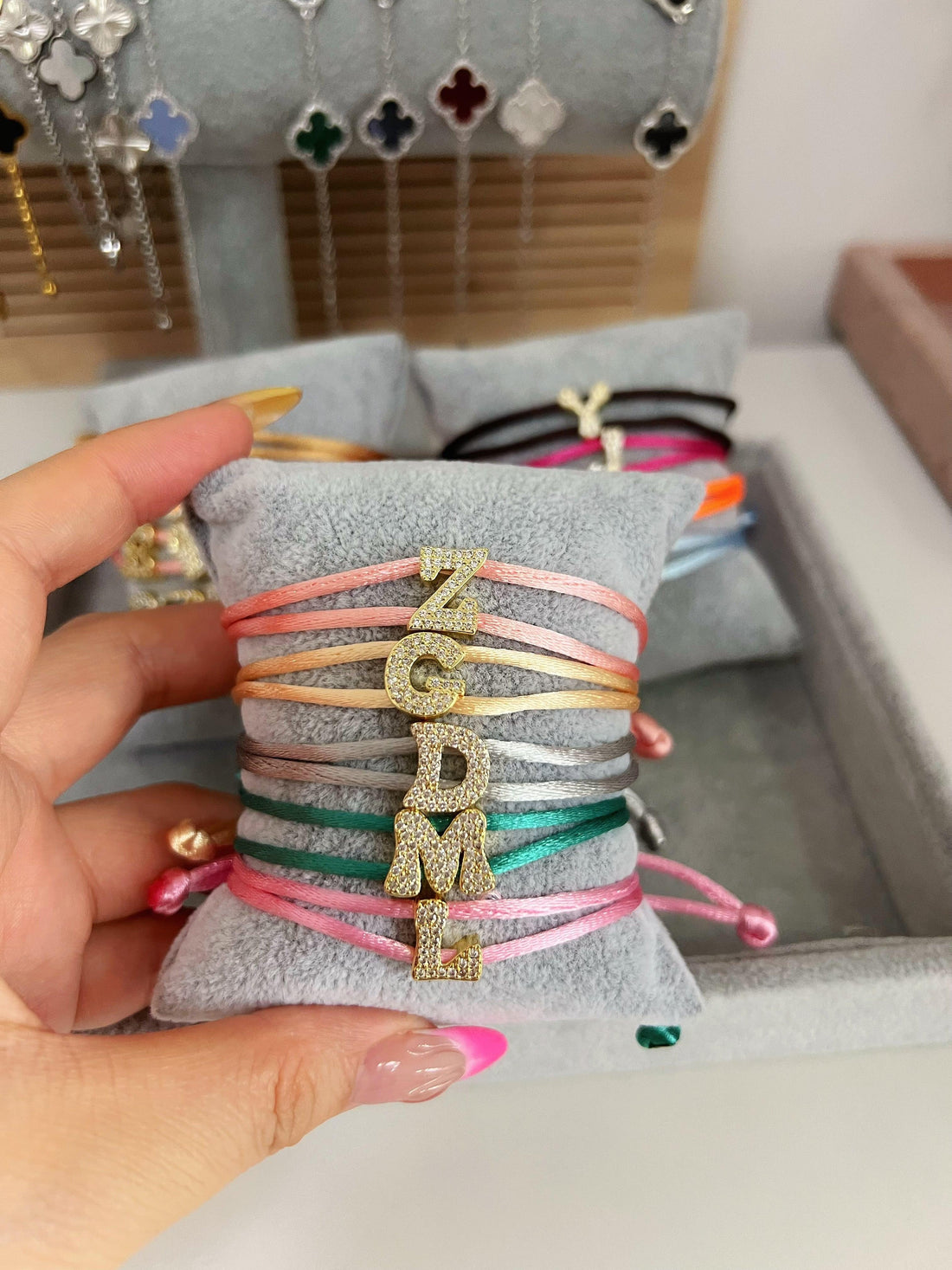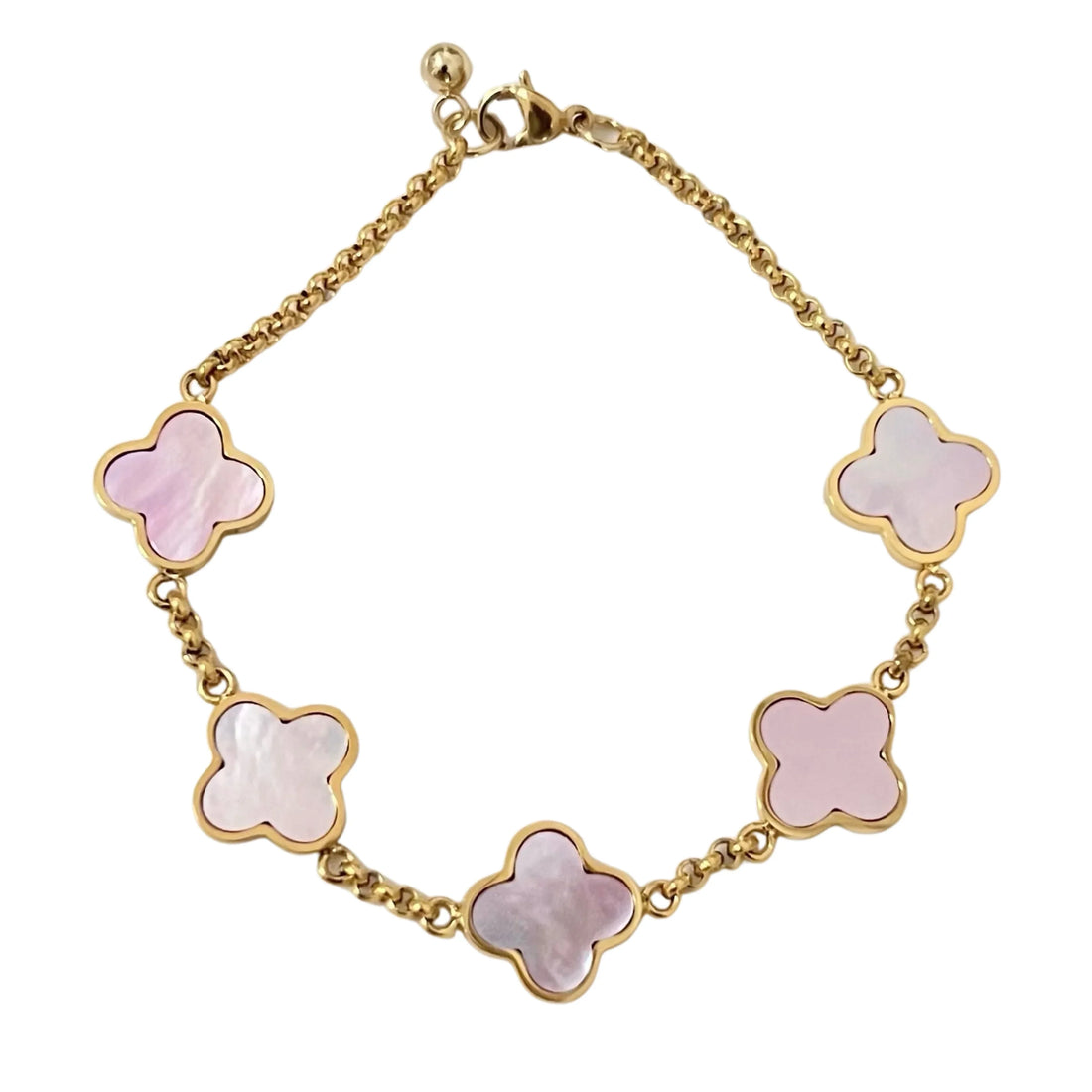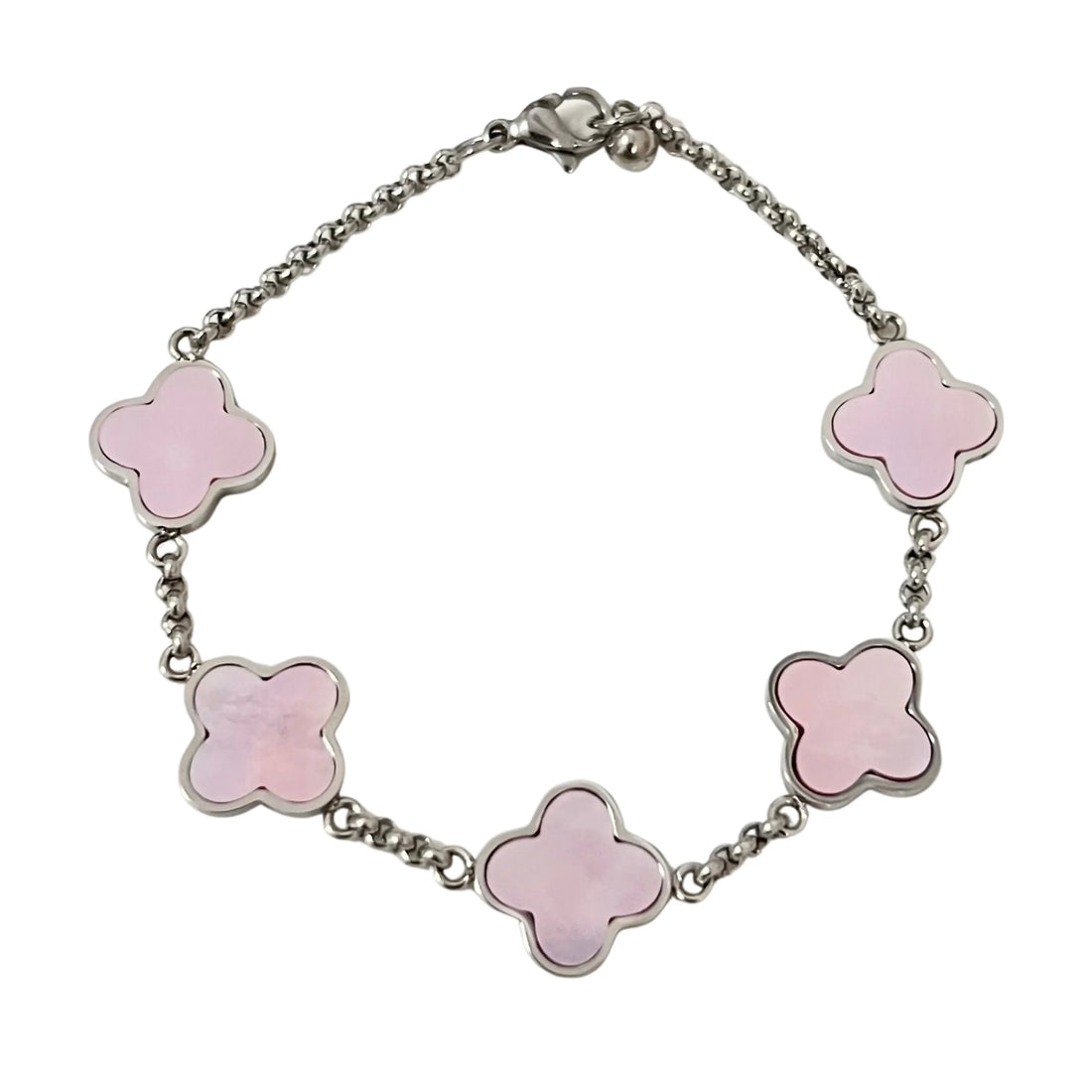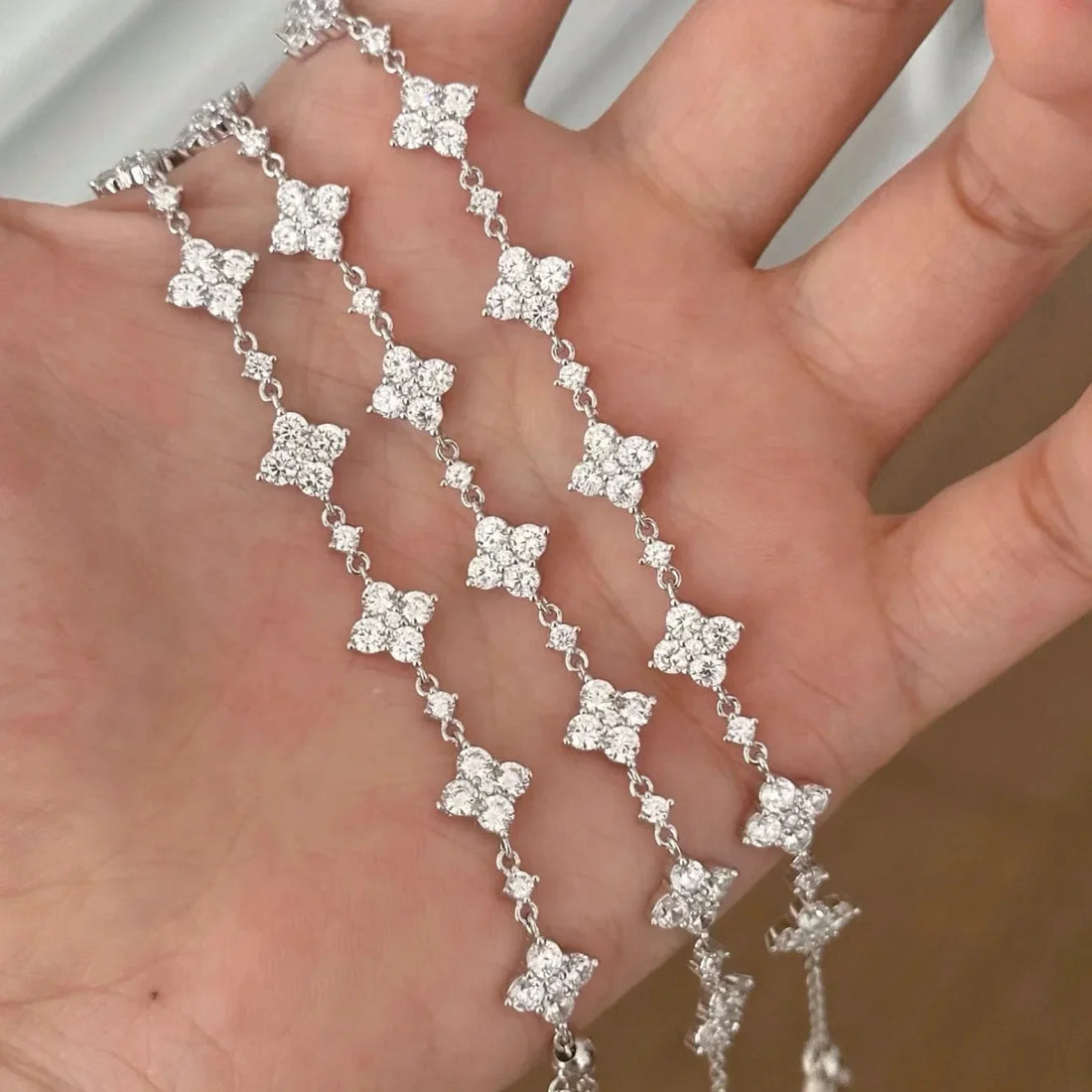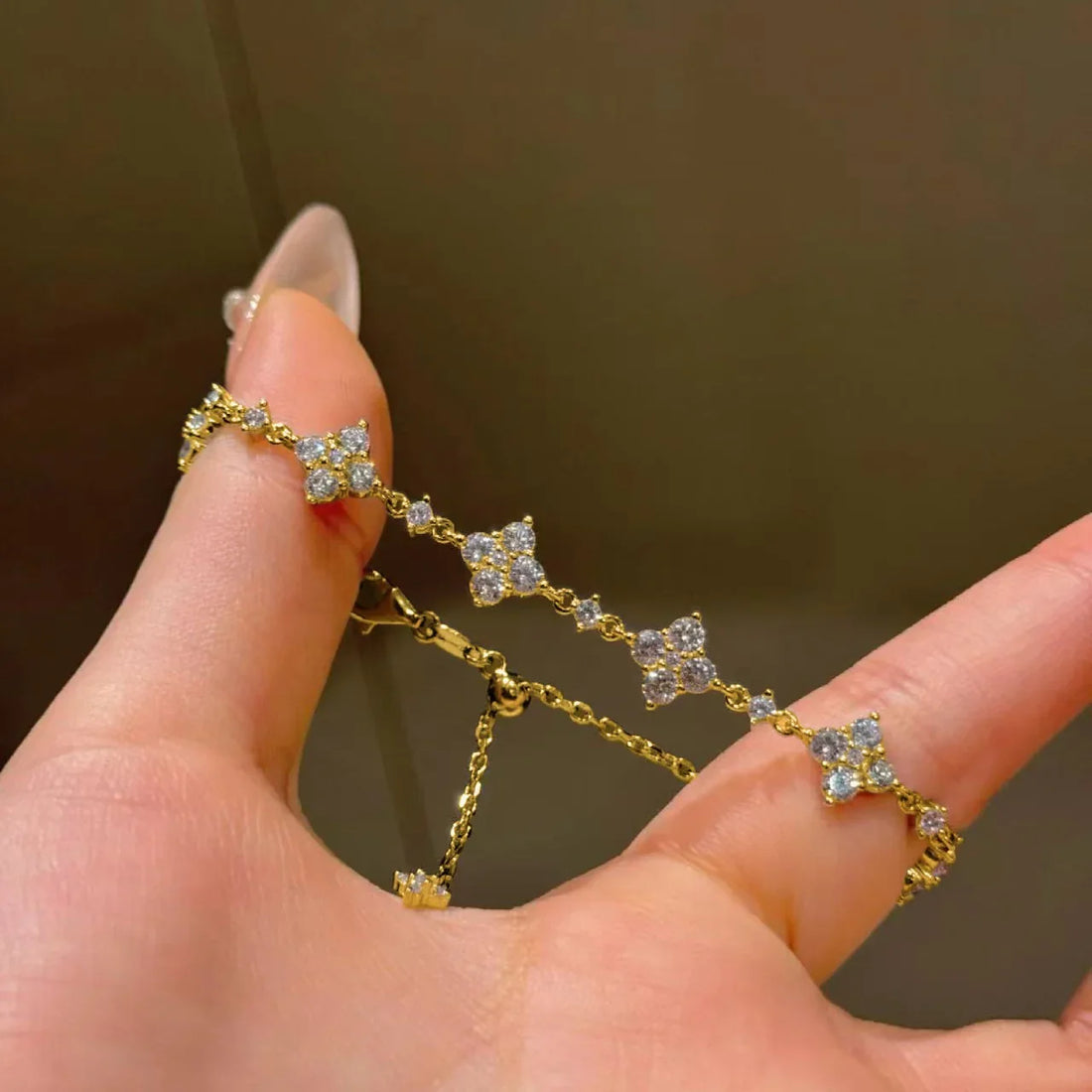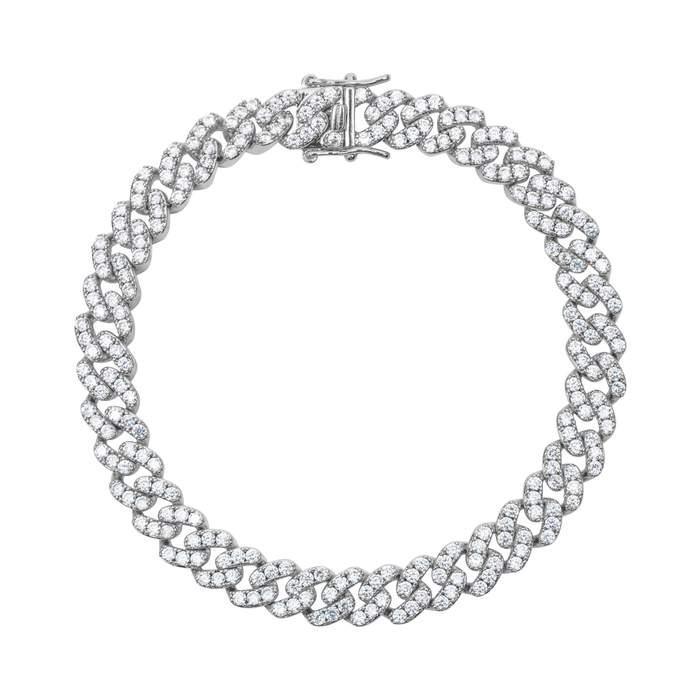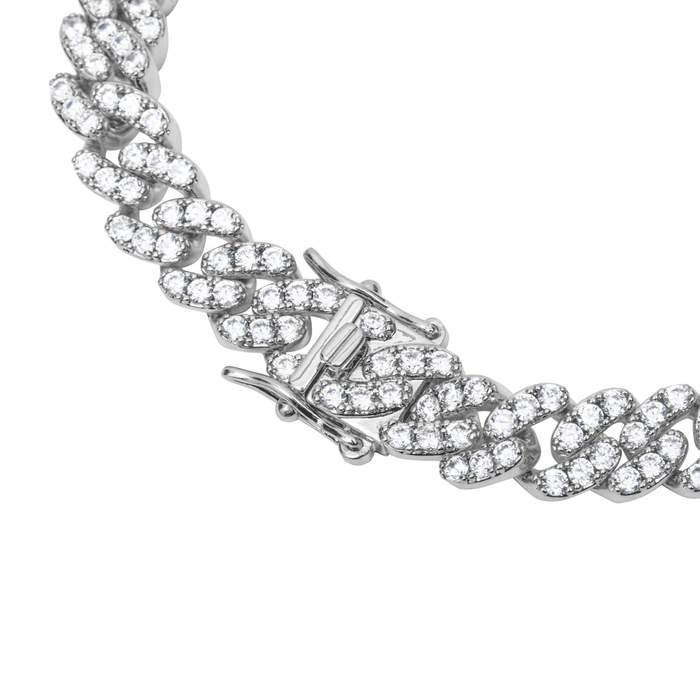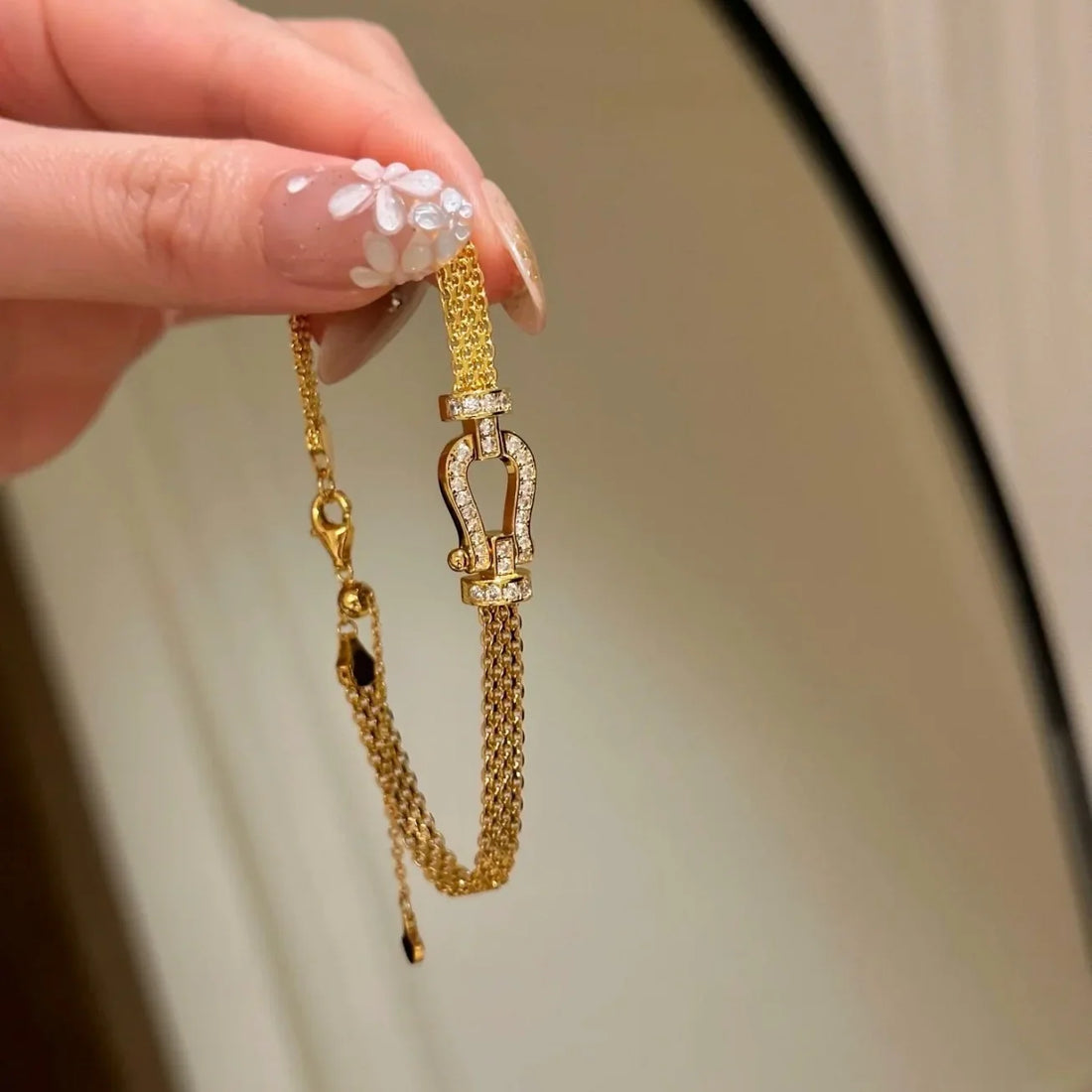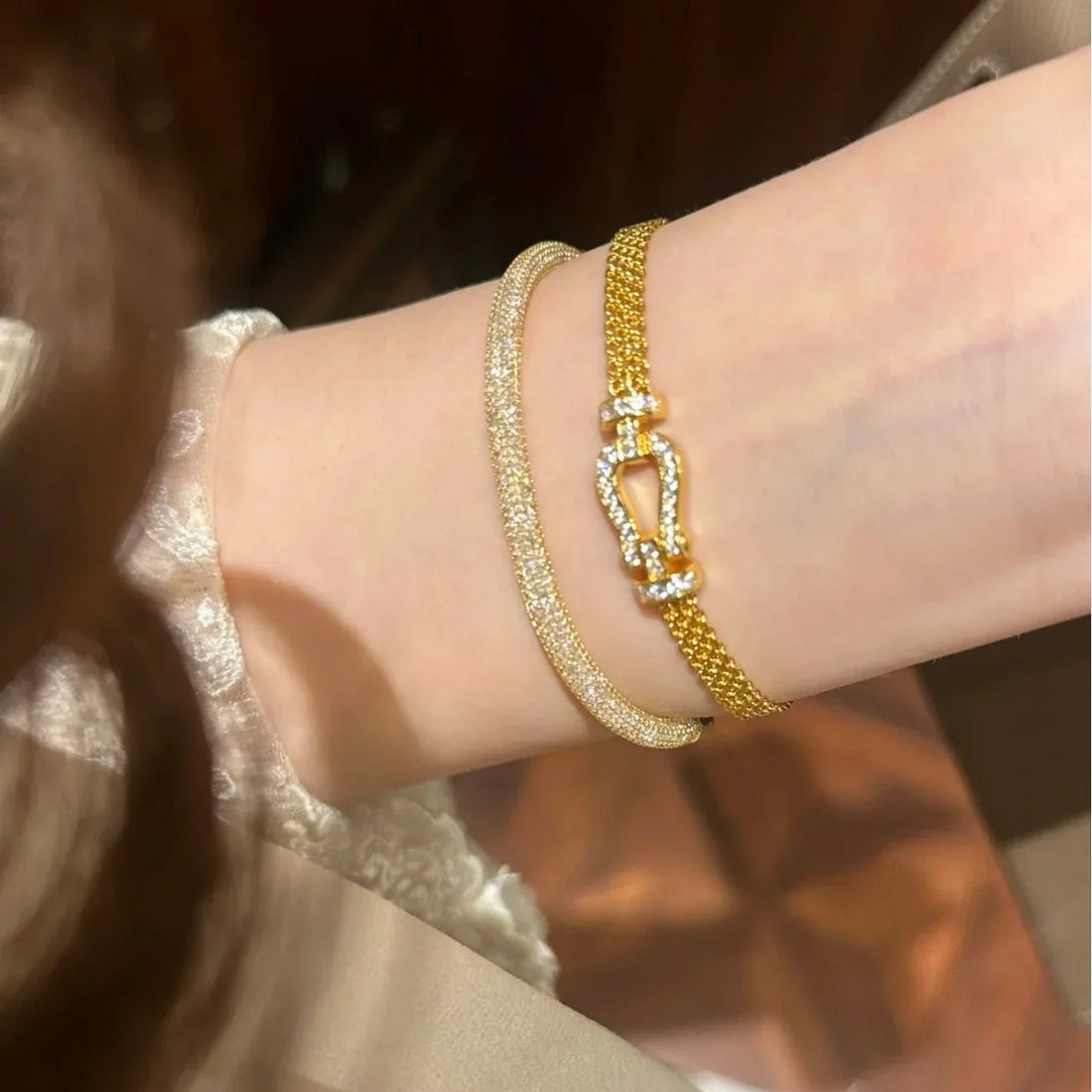What month's birthstone is it? A Comprehensive Guide to Monthly Birthstones
Birthstones, which represent individual significance, beauty, and a link to nature, have enthralled people for generations. This guide will explain the birthstone for each month, its significance, and its history, whether you're looking for the ideal present or have questions about your own birthstone.
Birthstones: What Are They?
Birthstones are gemstones that correspond to each month of the year; they are frequently connected to astrological indications or historical customs. Wearing your birthstone is thought to offer great energy, health, and good fortune. Birthstones are popular in jewelry these days, particularly in bracelets, necklaces, and rings.
Birthstones: A Comprehensive List by Month
The birthstone for each month is broken down here, along with its importance and meaning:
January: Garnet
Color: Deep red, though it also exists in orange, green, and other shades.
Meaning: Denotes vigor, strength, and protection.
Fun Fact: In the past, garnet was thought to safeguard travelers.
February: Amethyst
Color: Purple.
Meaning: Stands for stability, bravery, and harmony.
Fun Fact: According to the ancient Greeks, amethyst could keep people from getting drunk.
March: Aquamarine
Color: Light blue to blue-green.
Meaning: Stands for courage, clarity, and serenity.
Fun Fact: In keeping with its oceanic colors, its name is derived from the Latin words for "water" and "sea."
April: Diamond
Color: Typically clear, but can come in various colors.
Meaning: Stands for unwavering strength, love, and invincibility.
Fun Fact: The hardest natural substance in the world is a diamond.
May: Emerald
Color: Vibrant green.
Meaning: Depicts knowledge, love, and rebirth.
June: Pearl or Alexandrite
Pearl Color: White, cream, or pastel shades.
Alexandrite Color: Color-changing (green in daylight, red under incandescent light).
Meaning: Depicts knowledge, love, and rebirth.
July: Ruby
Color: Deep red.
Meaning: Stands for courage, vigor, and desire.
Fun Fact: Ruby belongs to the same mineral family as sapphires, corundum.
August: Peridot·
Peridot Color: Olive green.
Meaning: Peridot symbolizes strength and positivity.
Fun Fact: Volcanic activity brings peridot to the surface from deep below the Earth's mantle.
September: Sapphire
Color: Typically blue, but can come in other colors (e.g., pink, yellow).
Meaning: Denotes dignity, loyalty, and knowledge.
Fun Fact: In the Middle Ages, sapphires were thought to guard against damage and jealousy.
October: Opal or Tourmaline
Opal Color: Multicolored with a play-of-color effect.
Tourmaline Color: Various colors, including pink, green, and watermelon (multicolored).
Meaning: Tourmaline is a symbol of protection and healing, while opal is a symbol of inspiration and creativity.
Fun Fact: The distinctive iridescence of opals varies depending on the angle of light.
November: Topaz or Citrine
Topaz Color: Typically yellow, but can be blue, pink, or other colors.
Citrine Color: Yellow to orange-brown.
Meaning: Citrine is a symbol of plenty and optimism, while topaz is a symbol of strength and wisdom.
Fun Fact: Because citrine is said to draw wealth, it is frequently referred to as the "merchant's stone."
December: Turquoise, Tanzanite, or Zircon
Turquoise Color: Blue-green.
Tanzanite Color: Blue-violet.
Zircon Color: Various colors, including blue, white, and green.
Meaning: Zircon is linked to prosperity and knowledge, tanzanite to change, and turquoise to protection and good fortune.
Fun Fact: Tanzanite is one of the rarest gemstones because it can only be discovered in Tanzania.
Why Wear Your Birthstone?
Wearing your birthstone is a significant approach to embrace the particular energy of your birth month and establish a connection with it. Jewelry made of birthstones, including bracelets, necklaces, or rings, can be a thoughtful present for loved ones or a unique treat for you.
FAQs About Birthstones
1. Can I wear a birthstone that isn’t my birth month?
Of course! Regardless of their birth month, a lot of people wear birthstones for their aesthetic value or personal meaning.
2. Are there alternative birthstones?
Yes, you have additional alternatives because some months (including June, August, and December) feature more than one birthstone.
3.What is the rarest birthstone?
Due to their scarcity, tanzanite (December) and alexandrite (June) are two of the rarest birthstones.
Birthstones have profound historical significance and are more than simply lovely gemstones. There is a birthstone for everyone, regardless of your preference for the soothing blue of an aquamarine or the vivid red of a ruby. To commemorate your birth month or to give a loved one a piece that is as distinctive as they are, look into birthstone jewelry.

